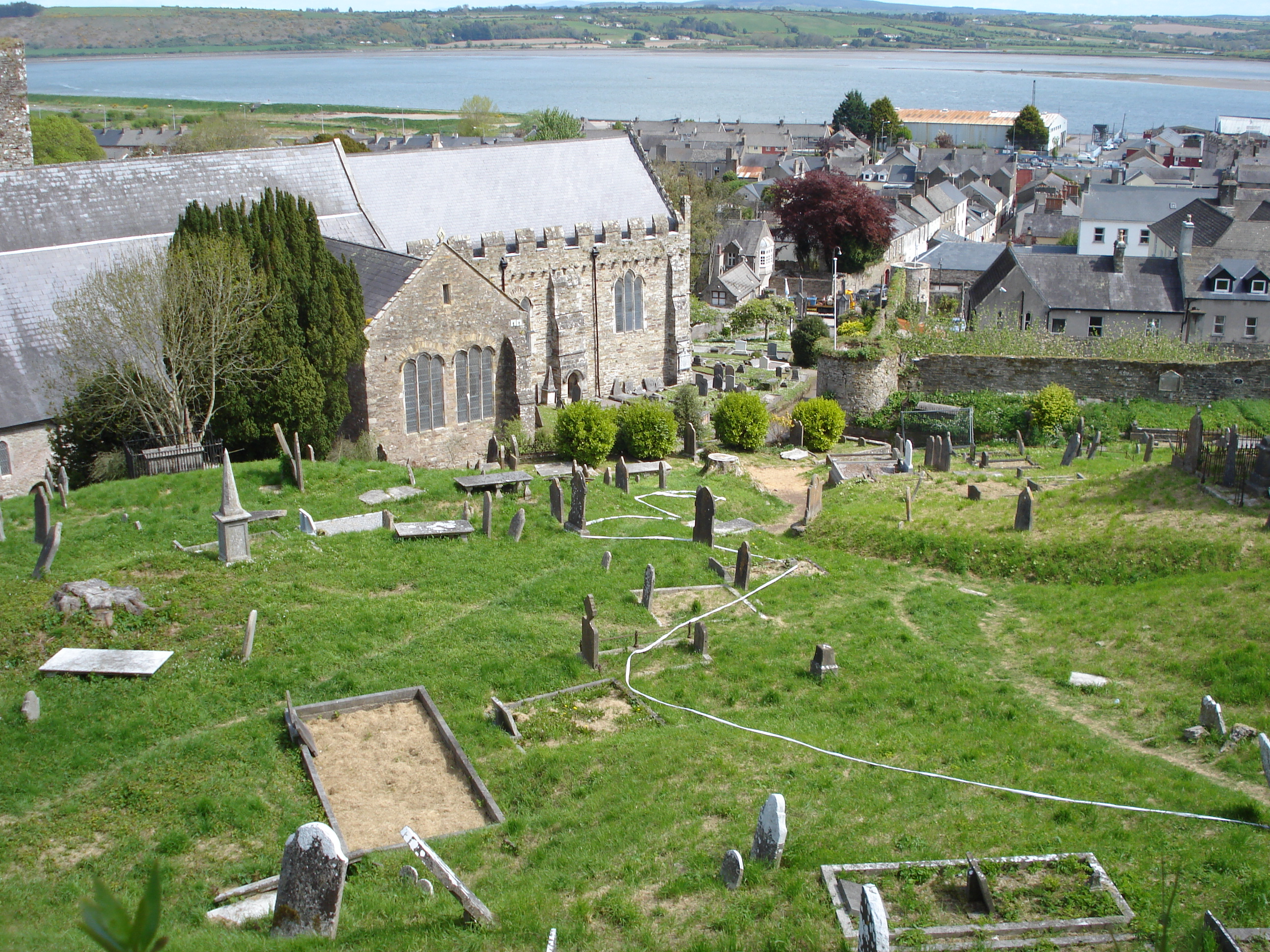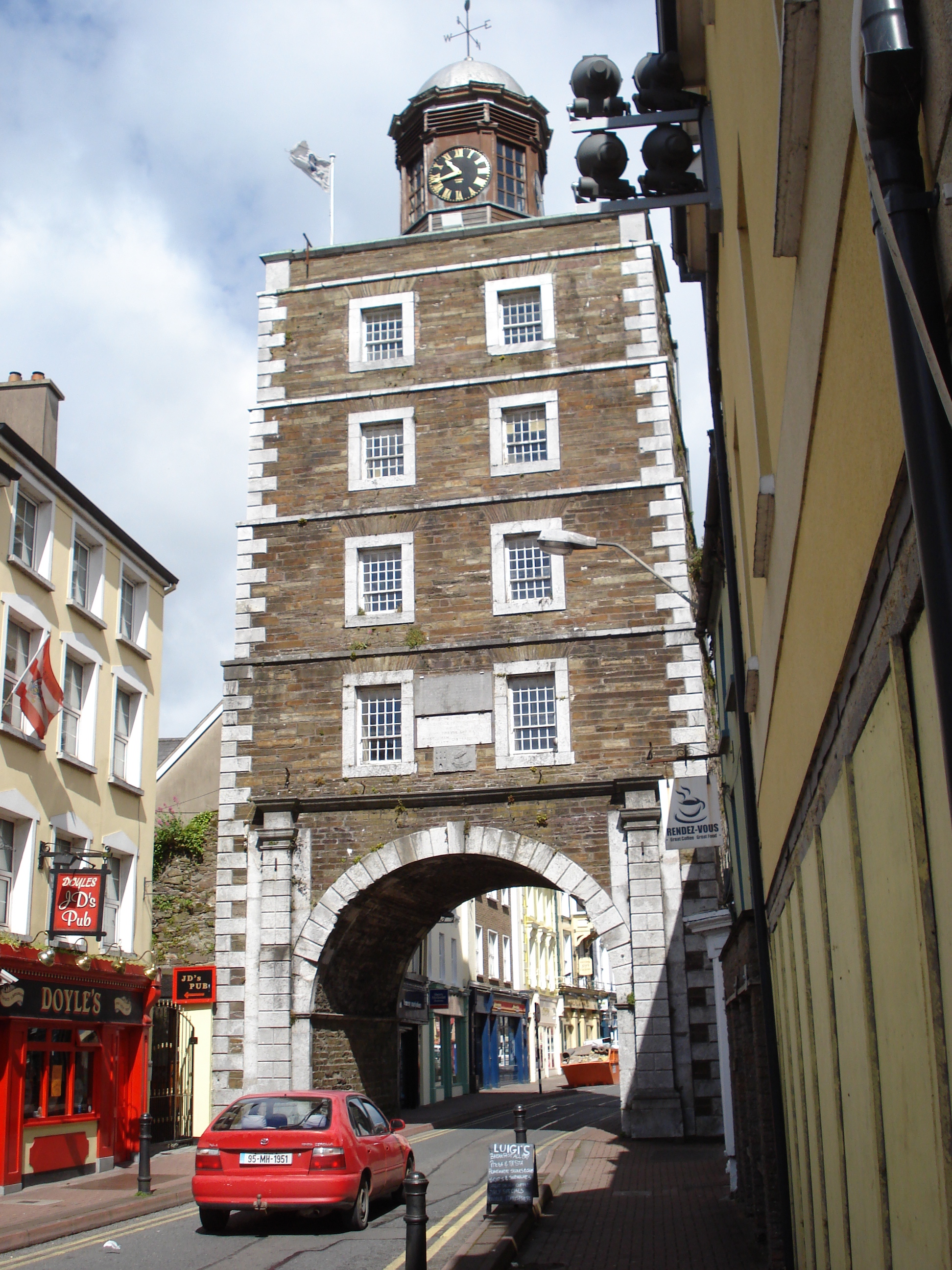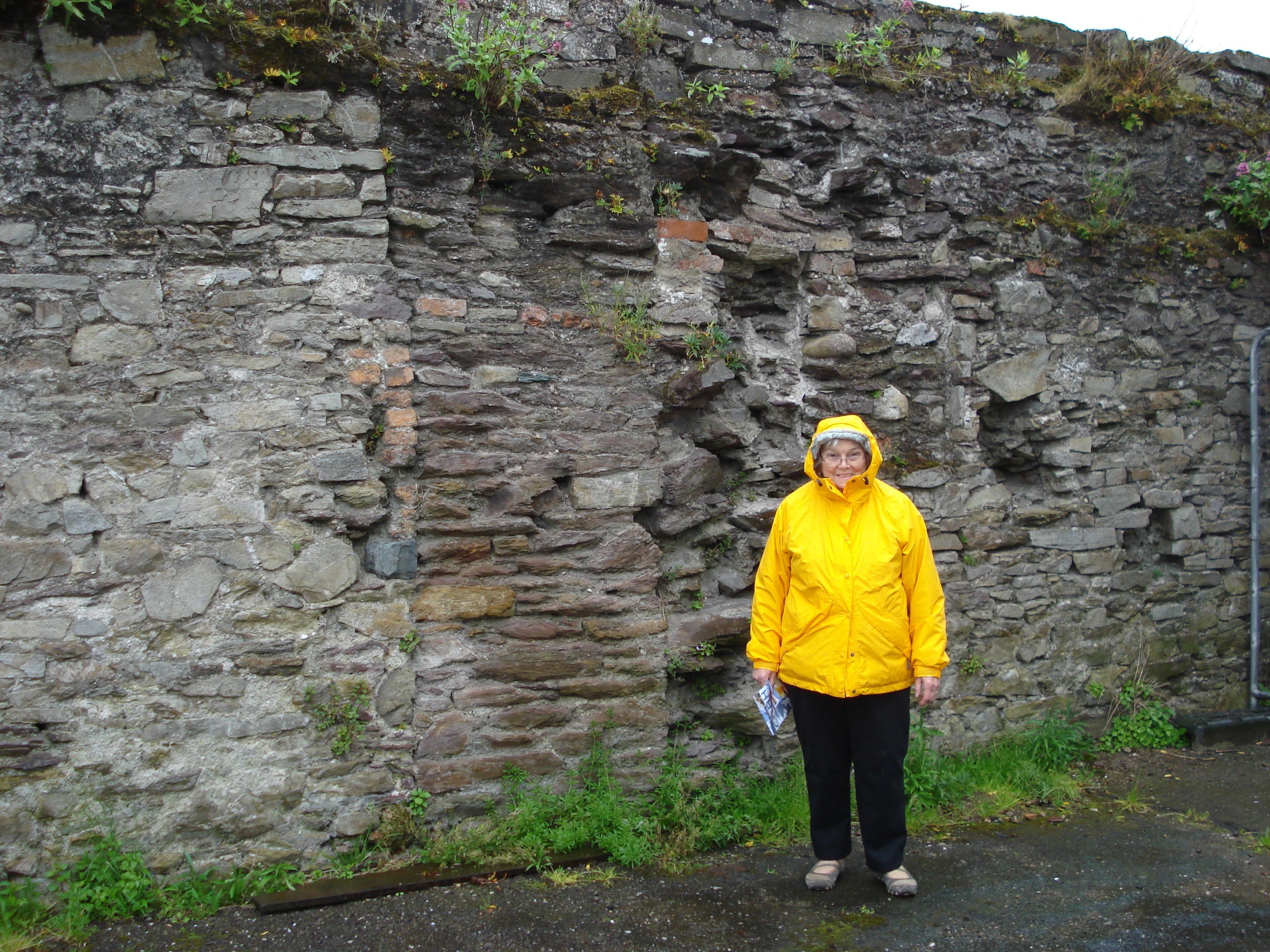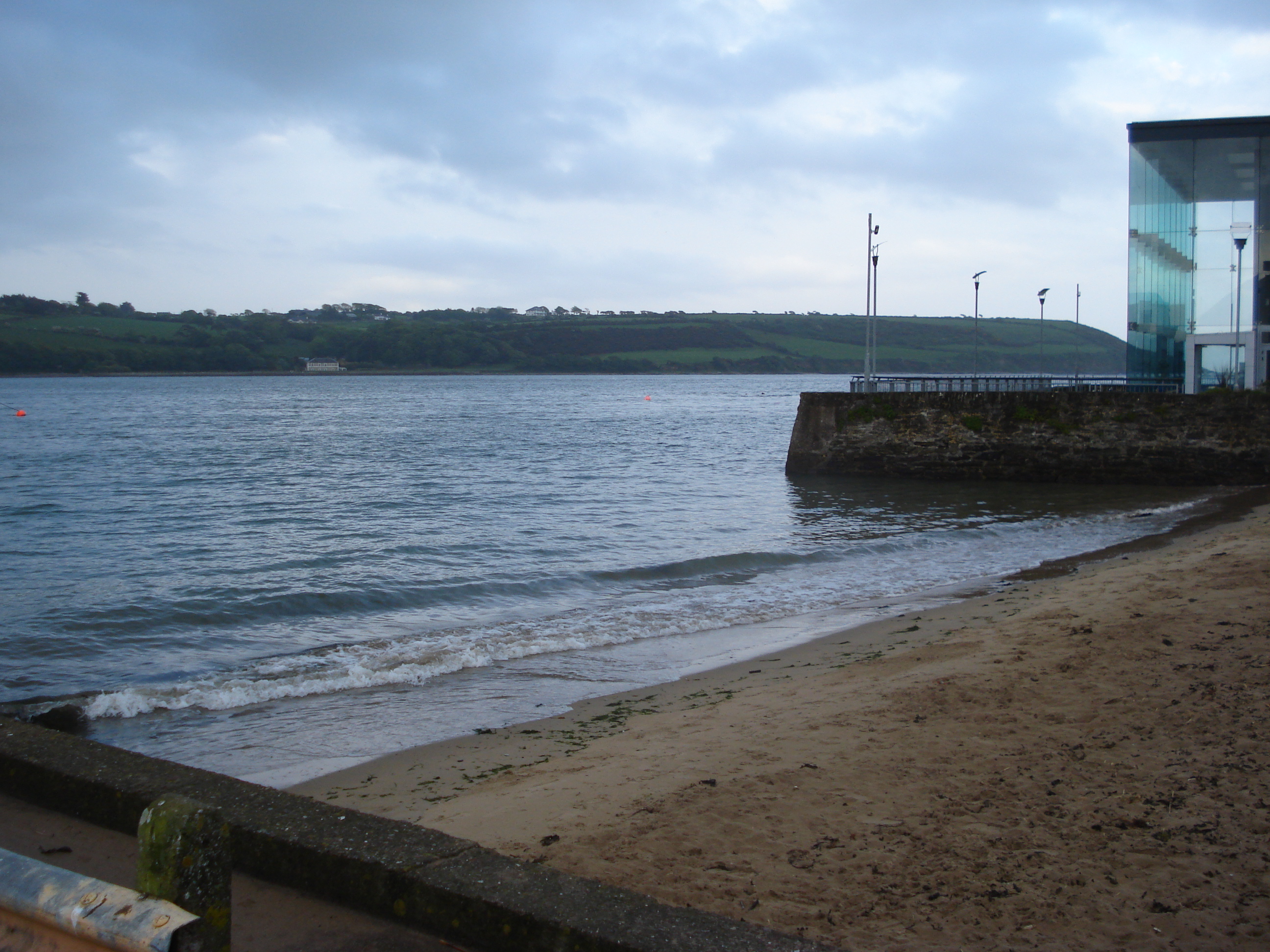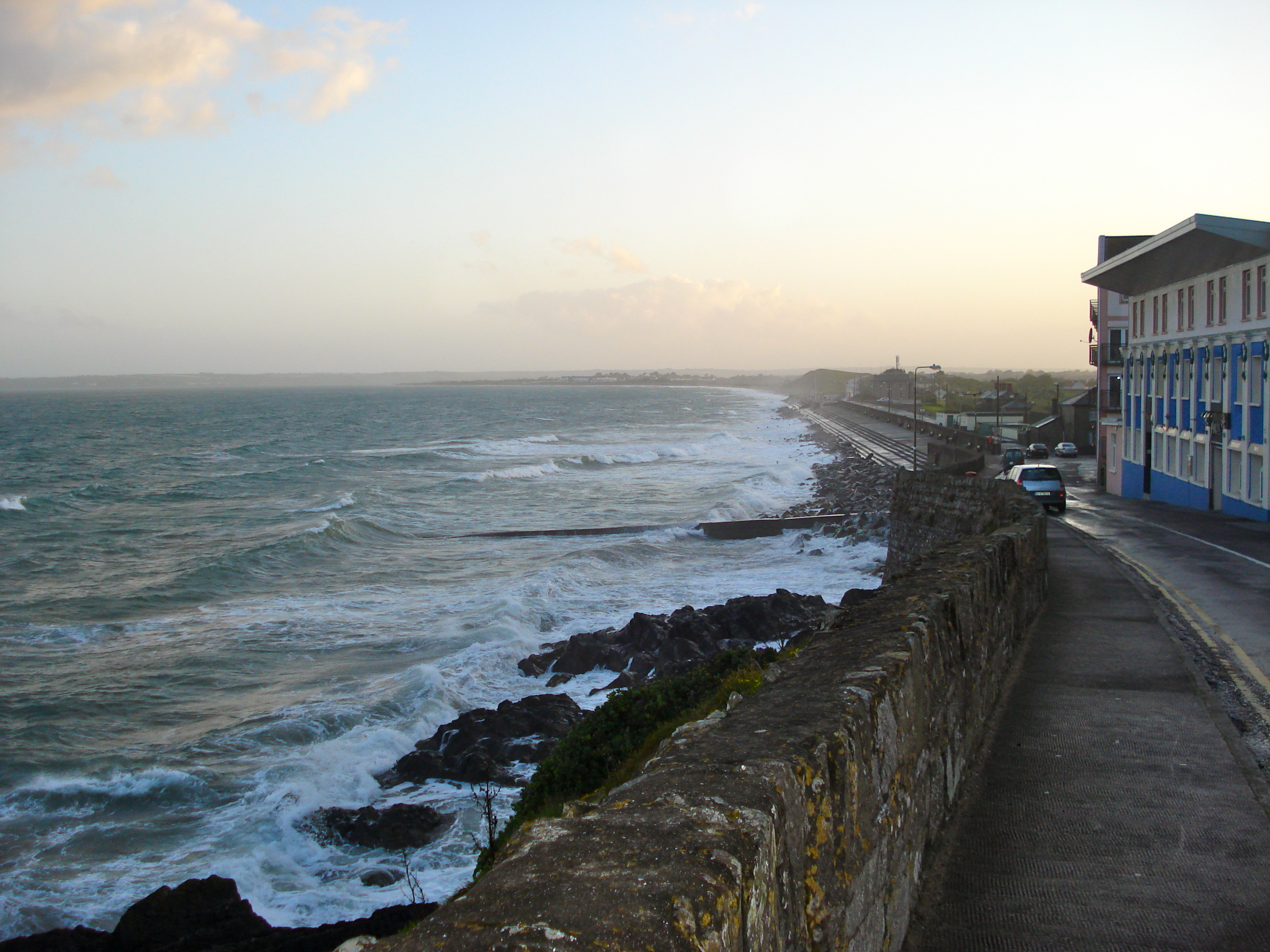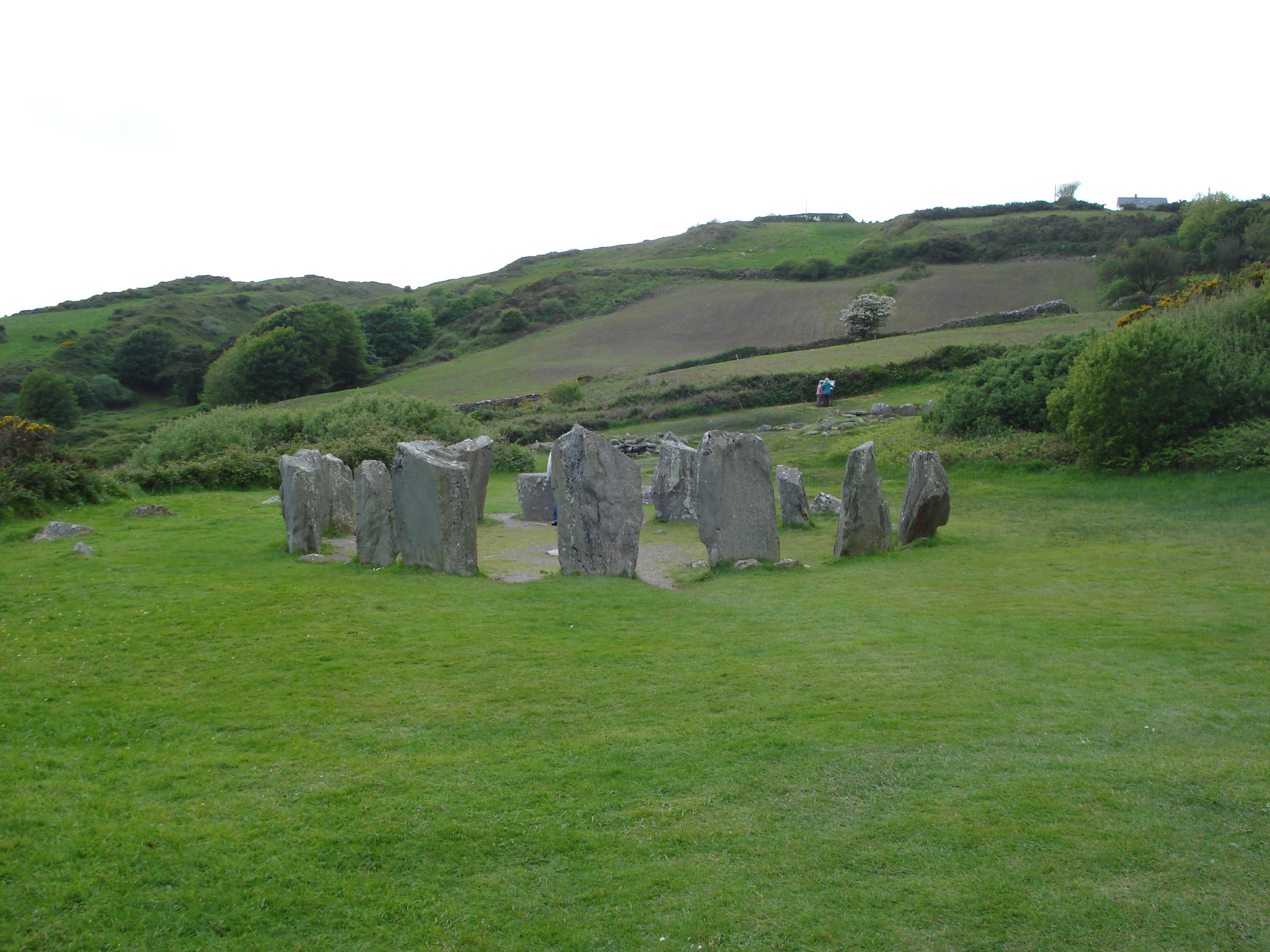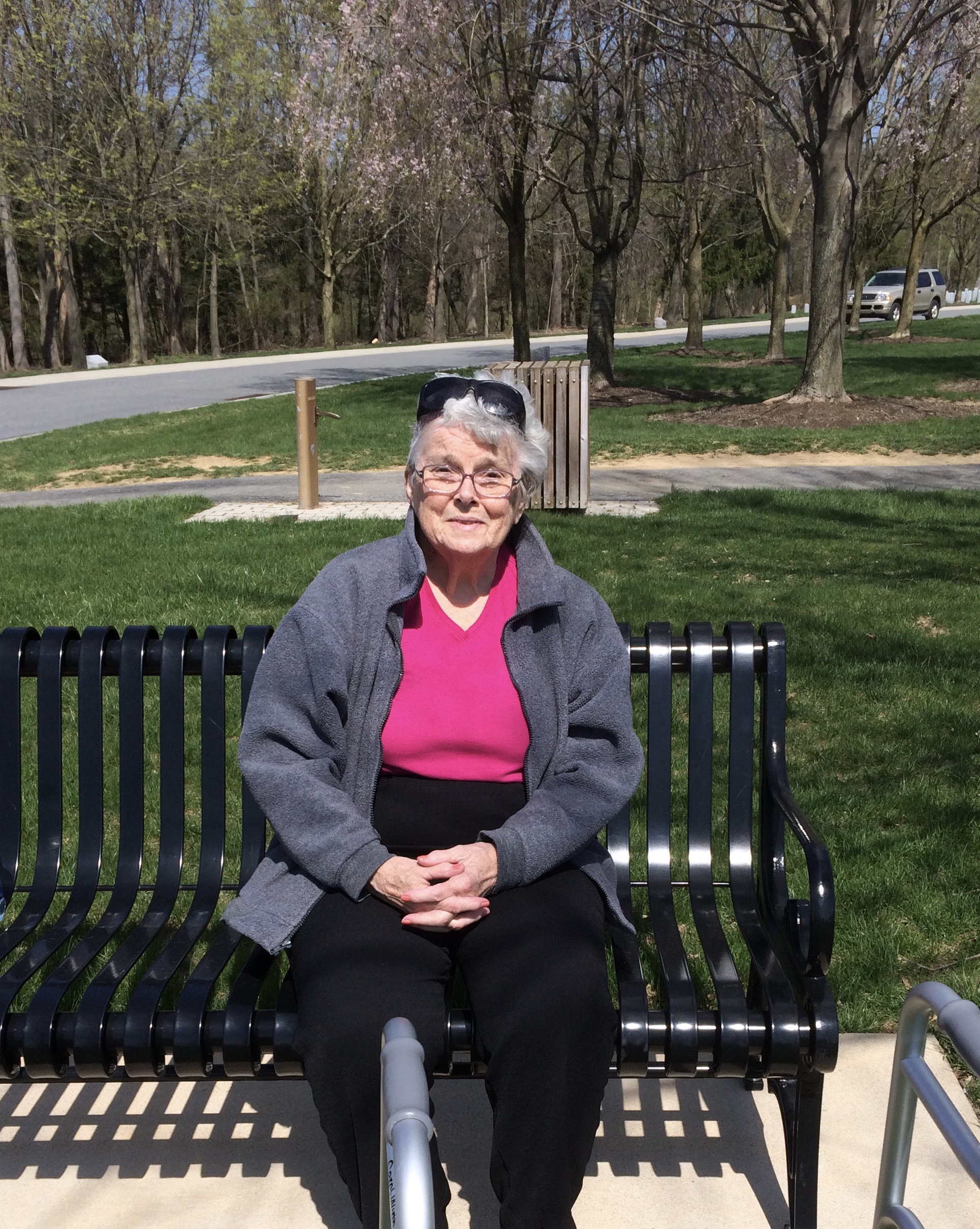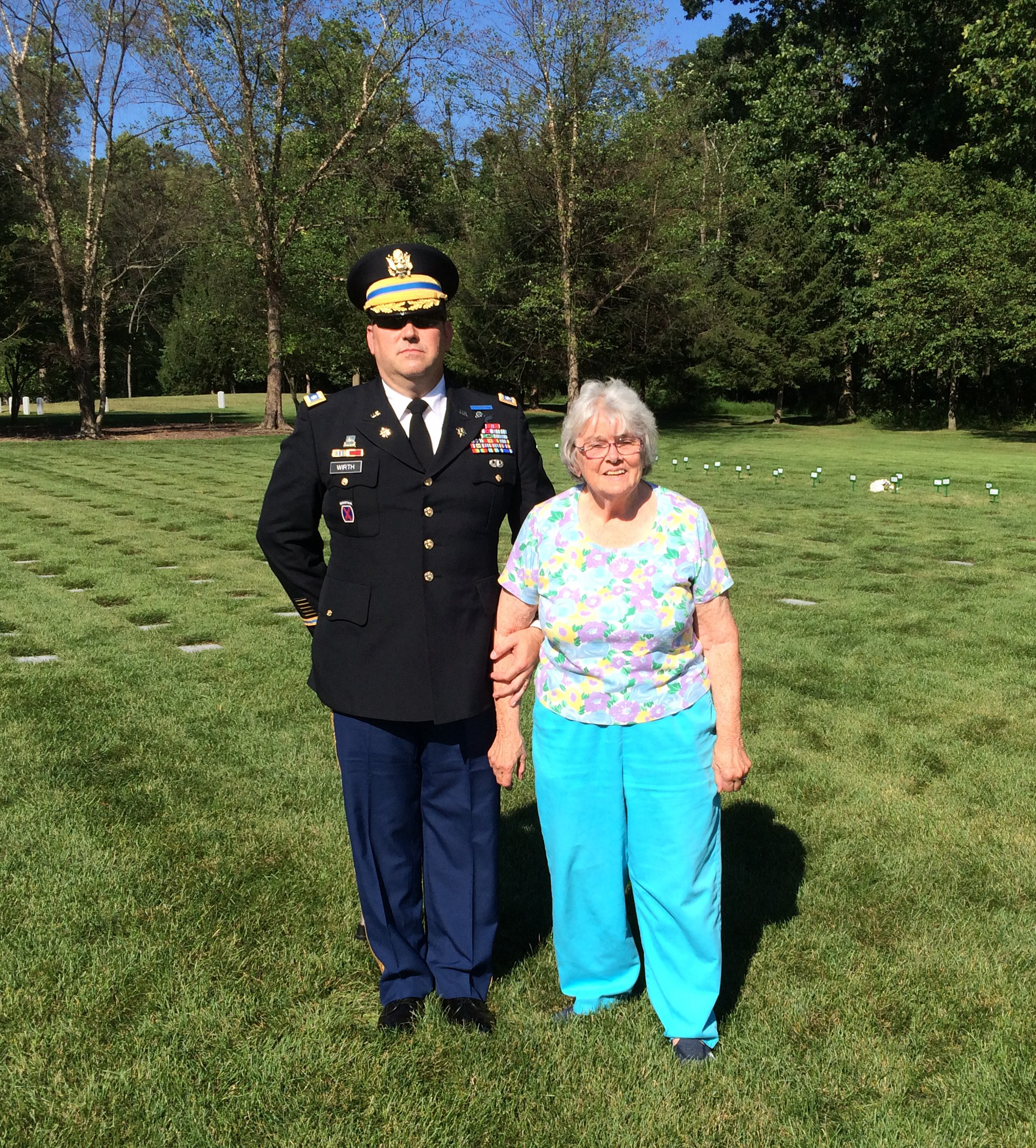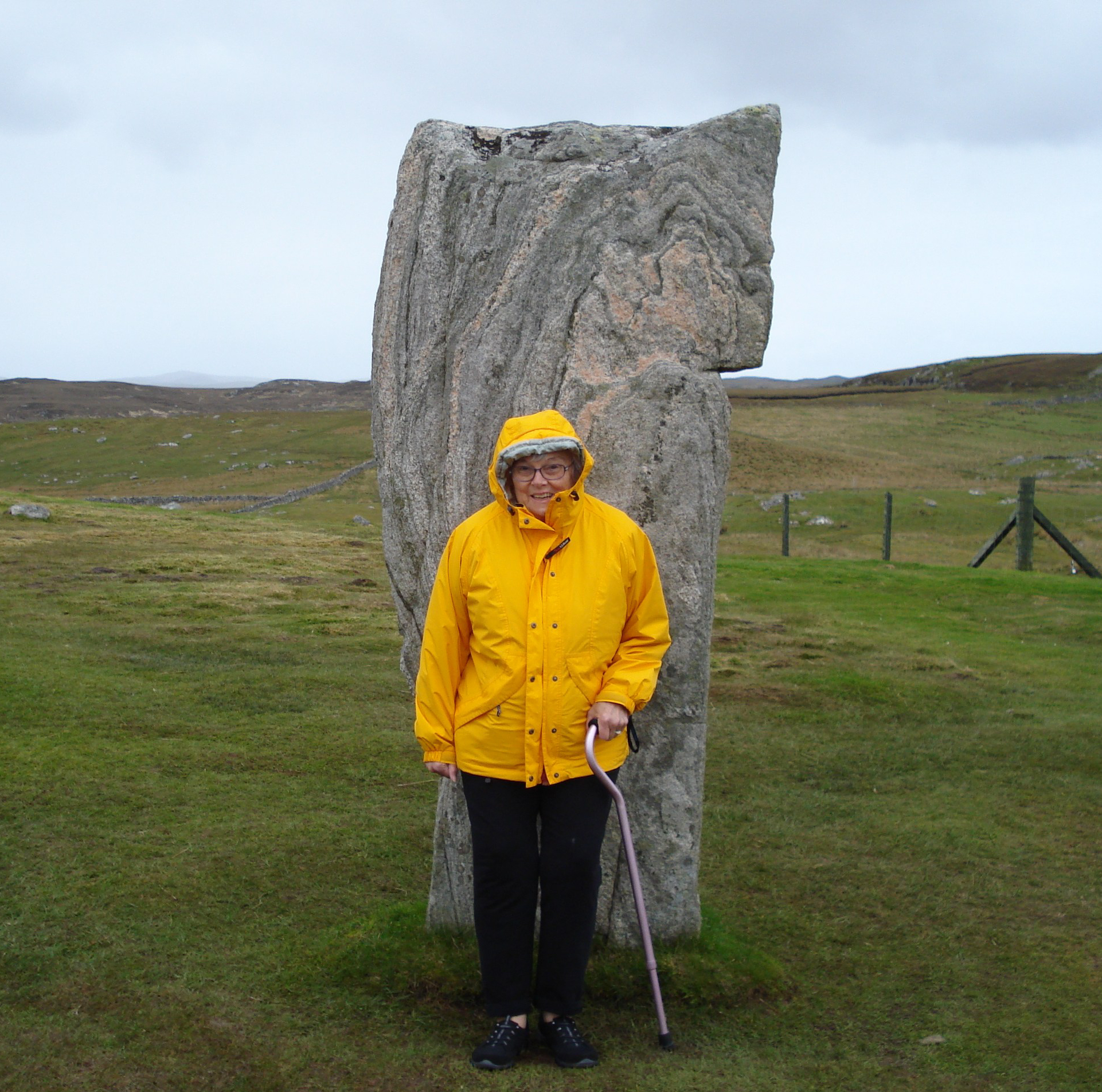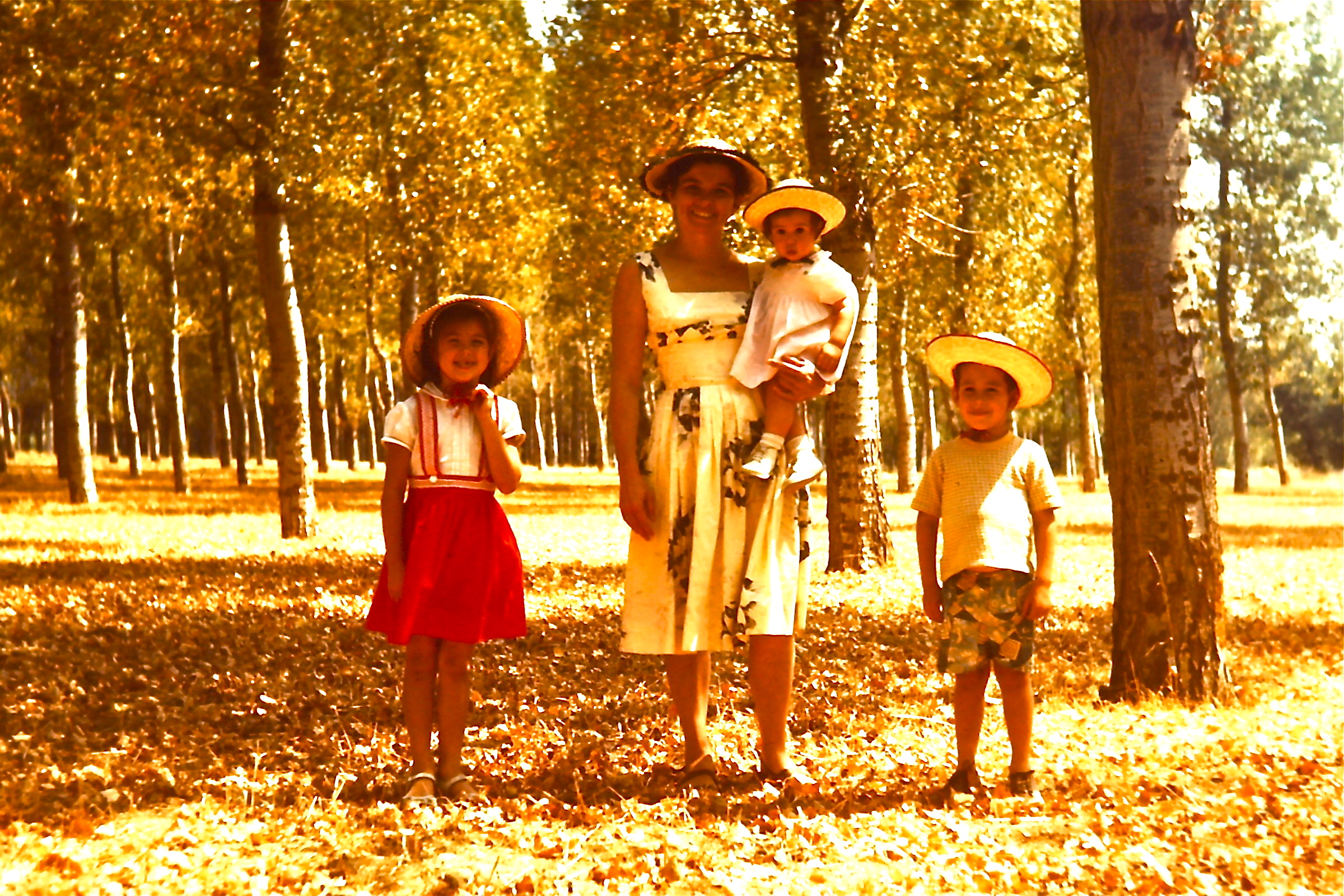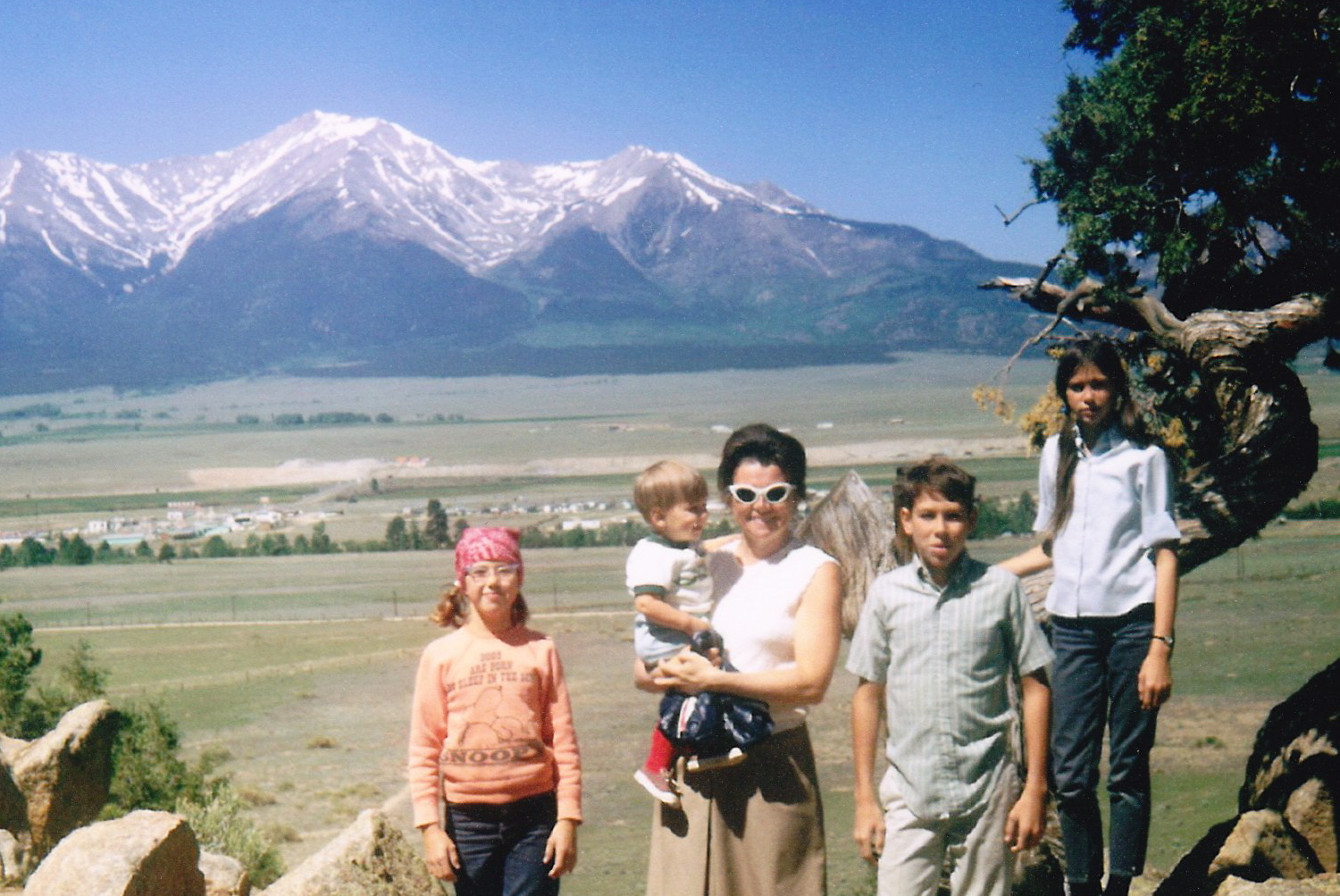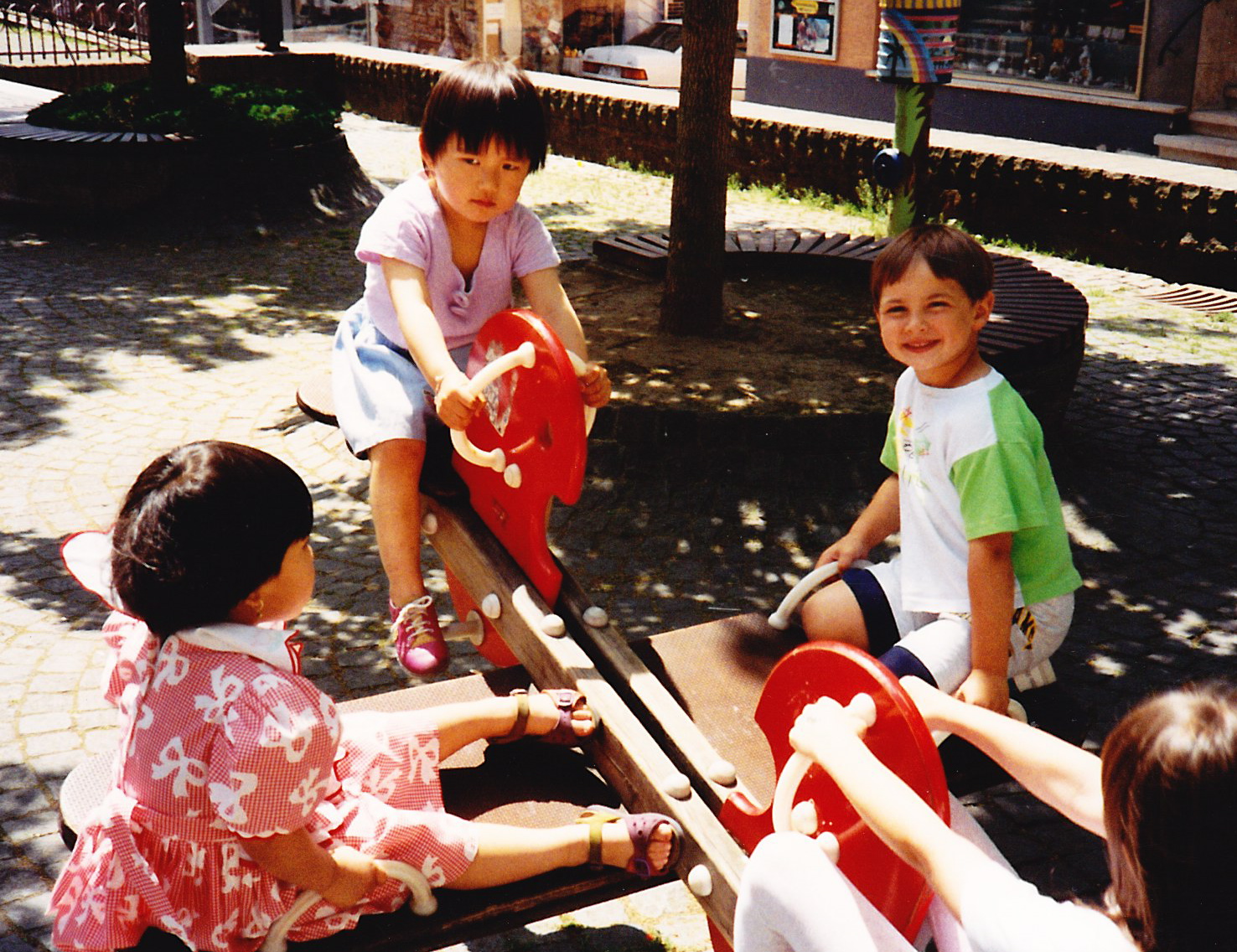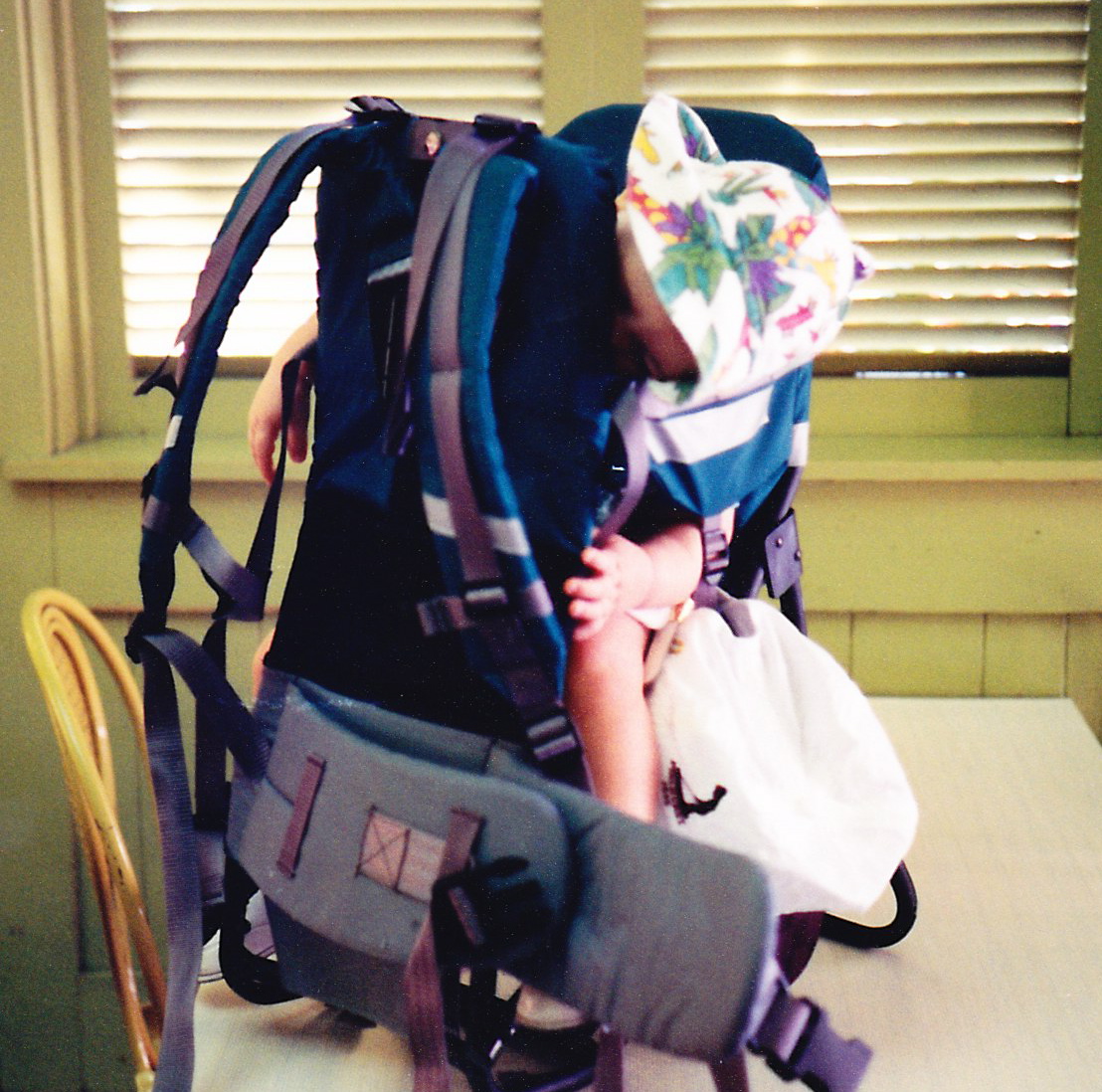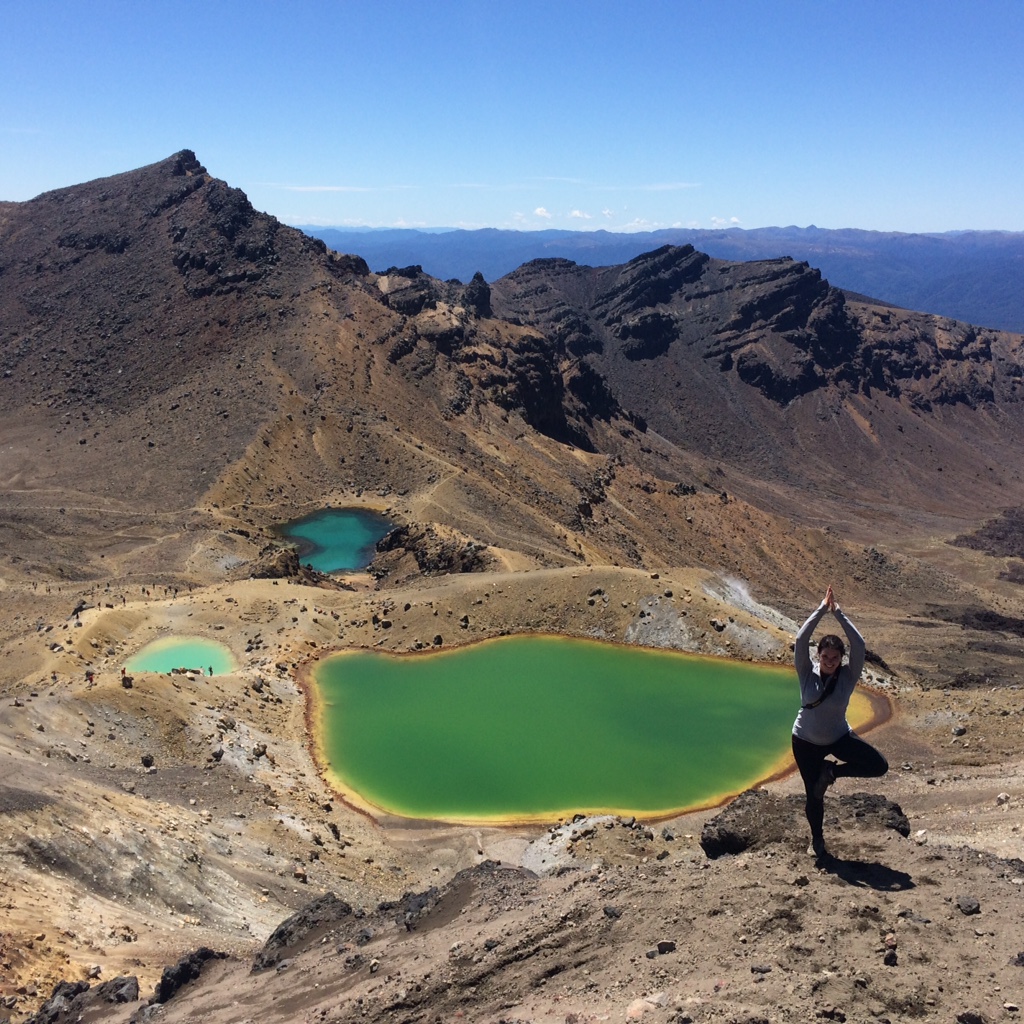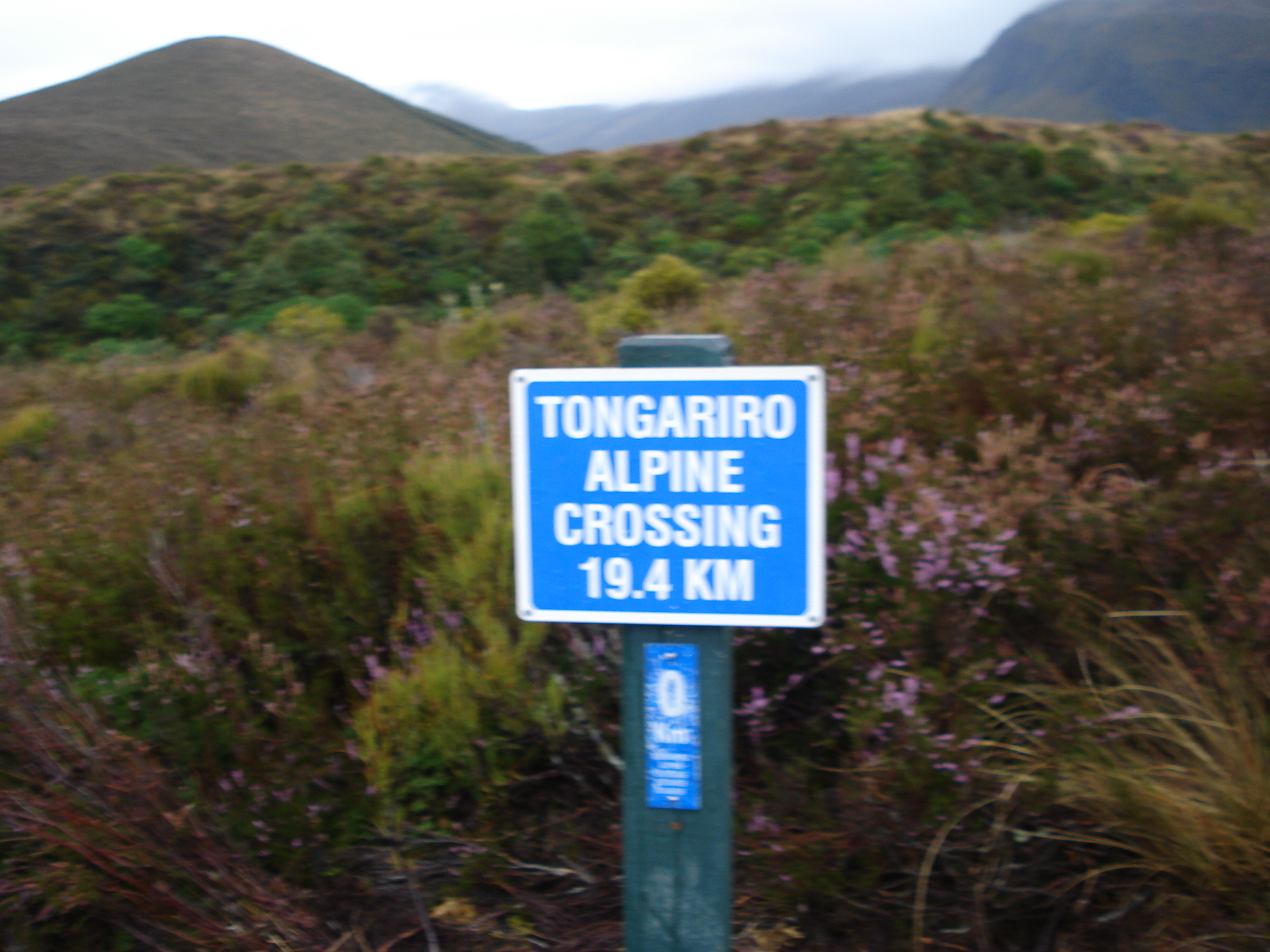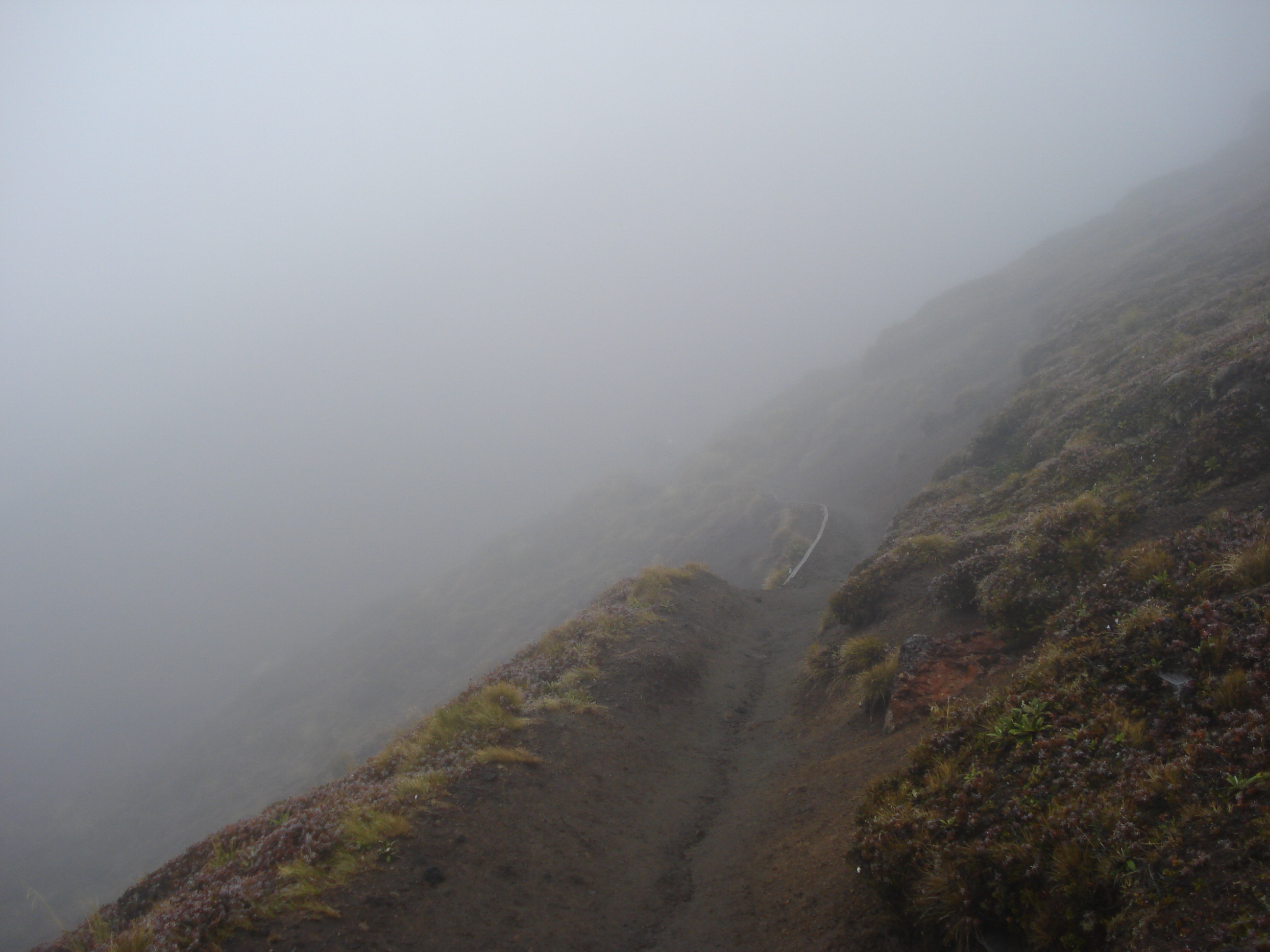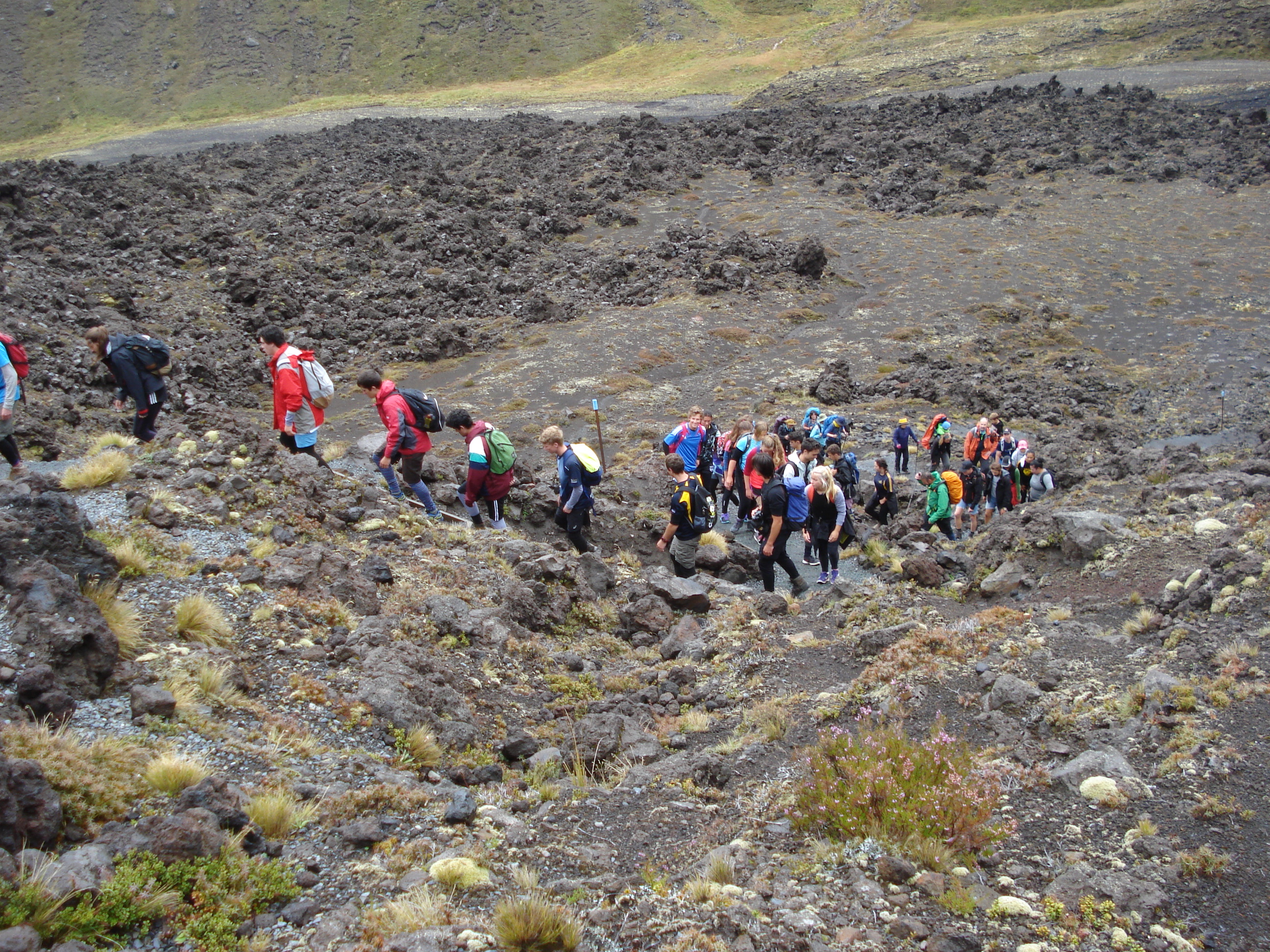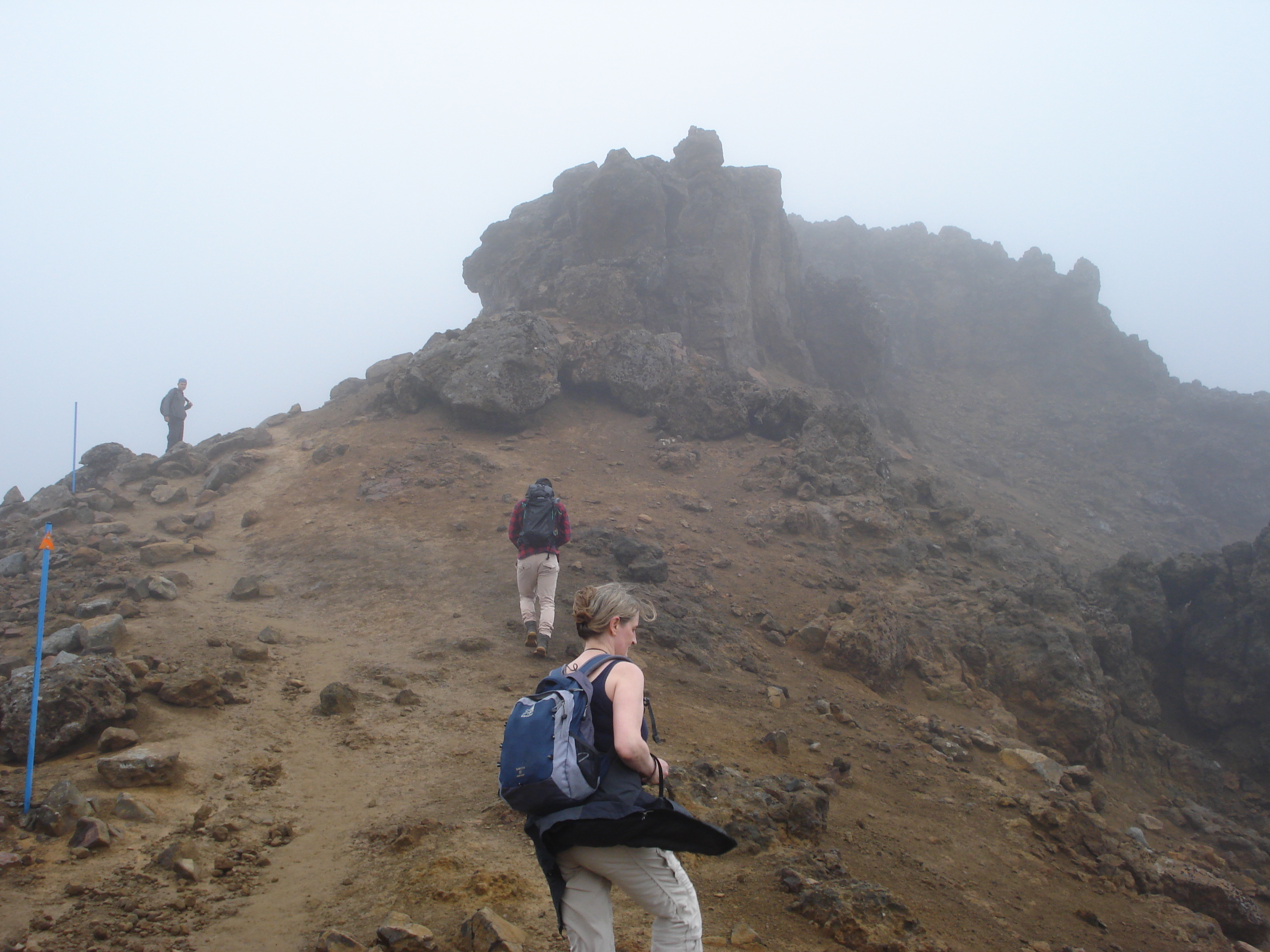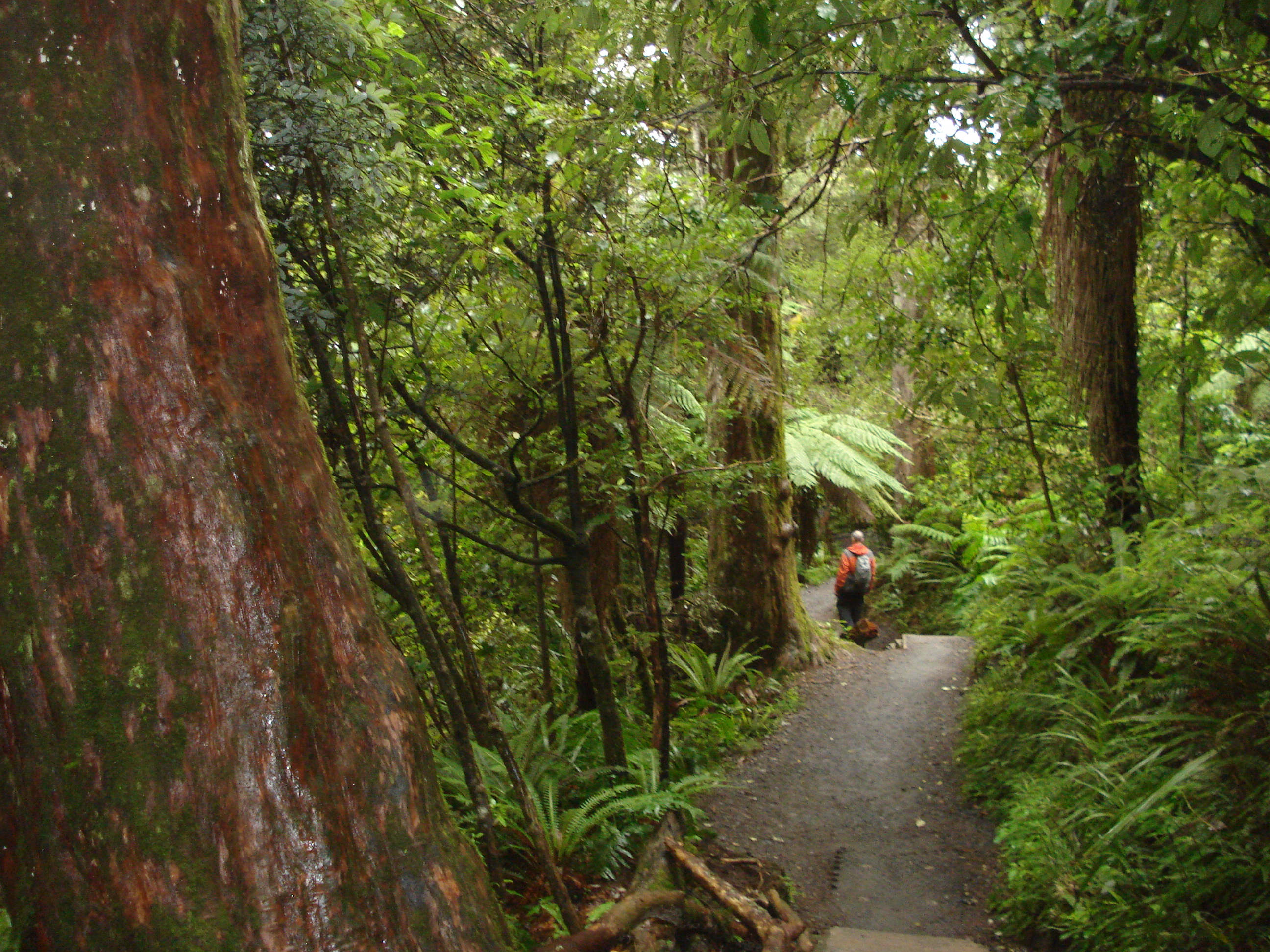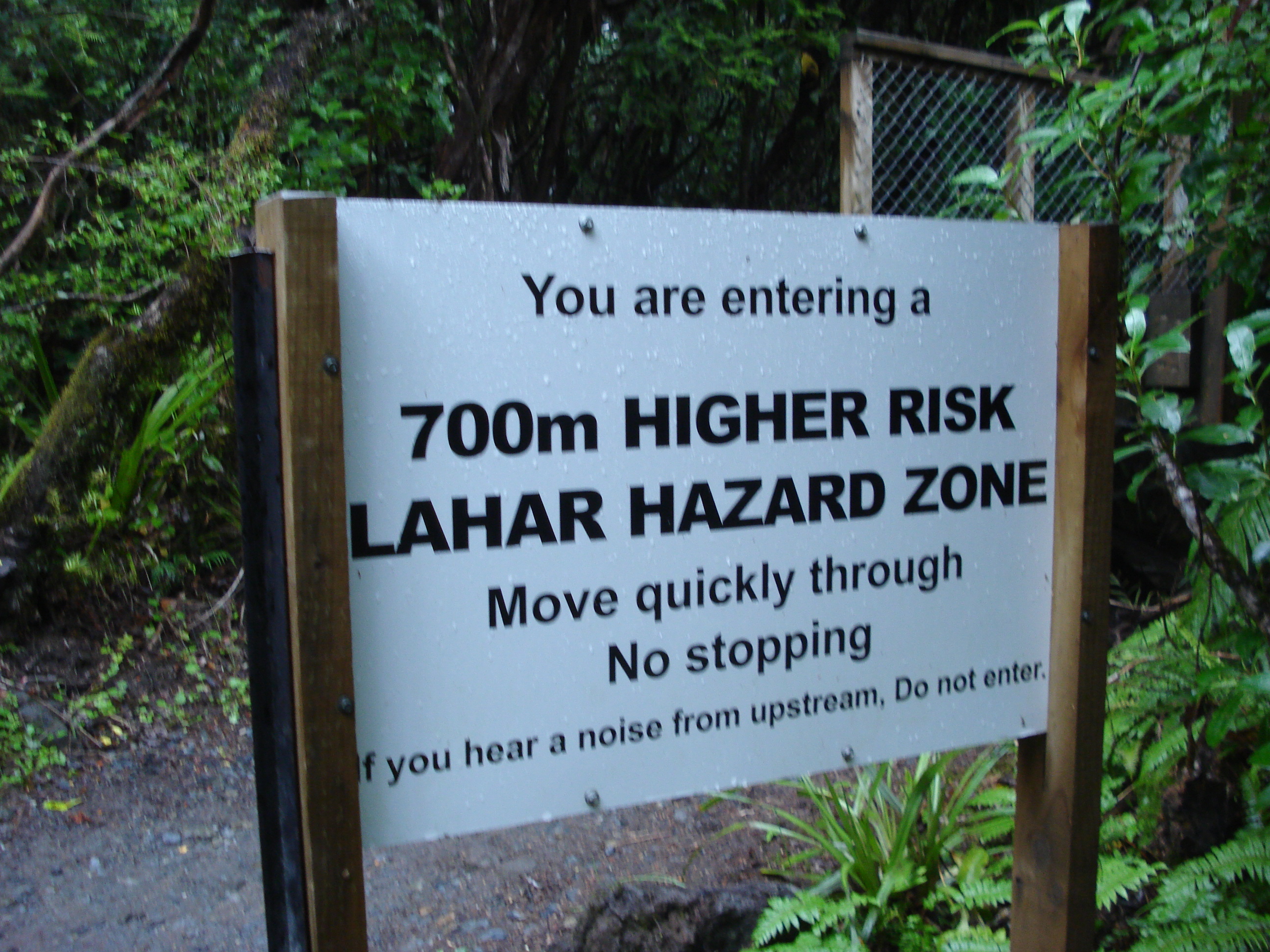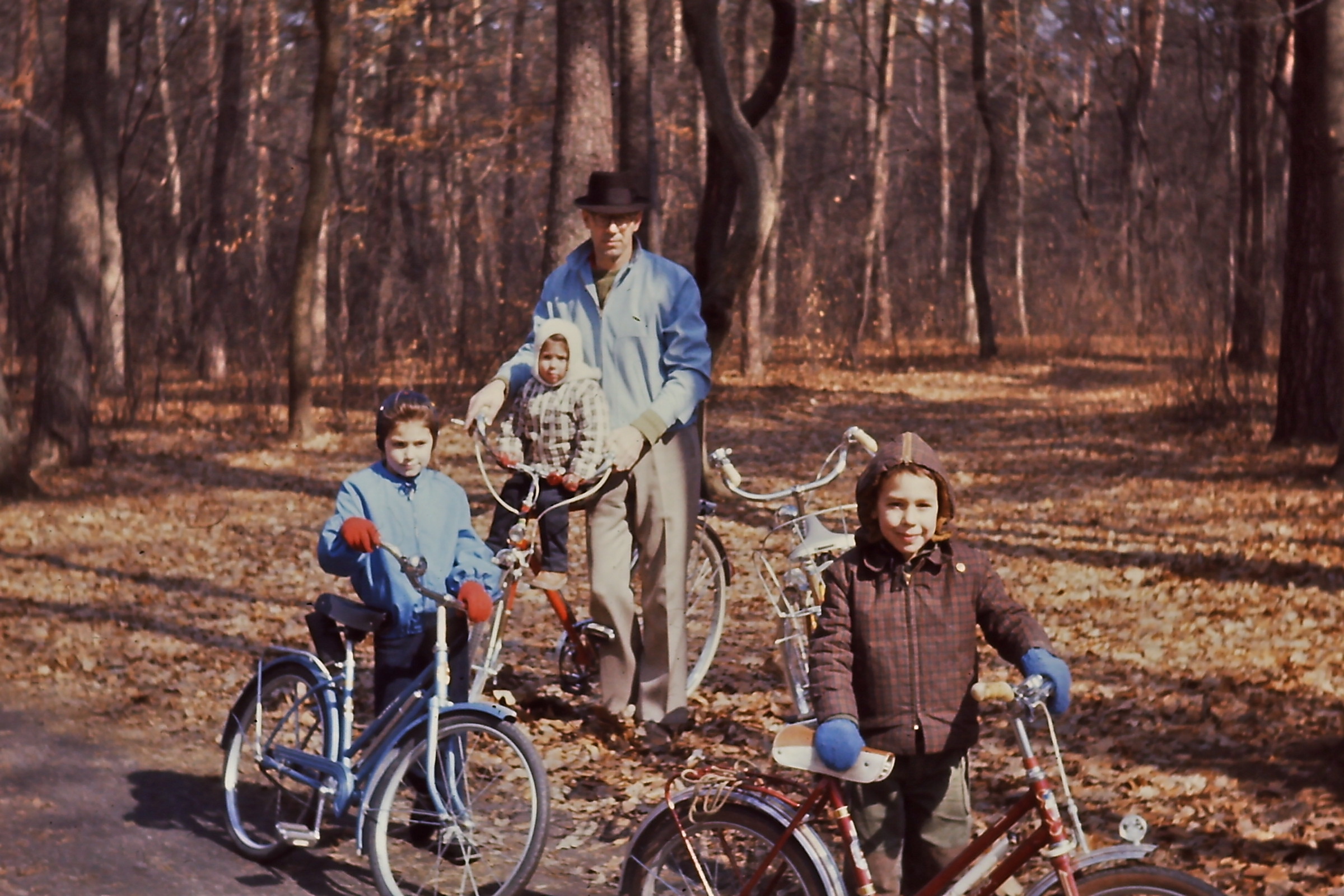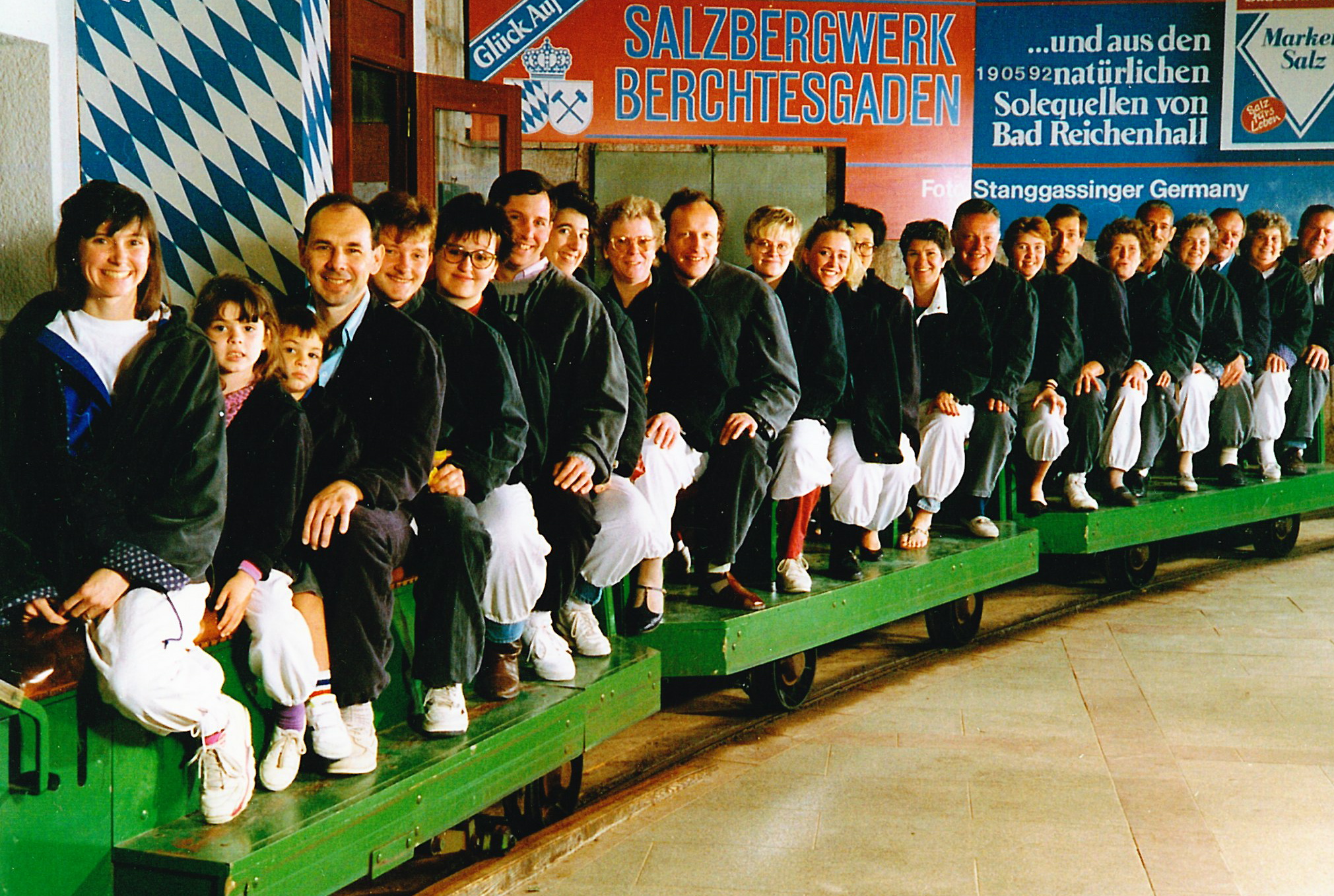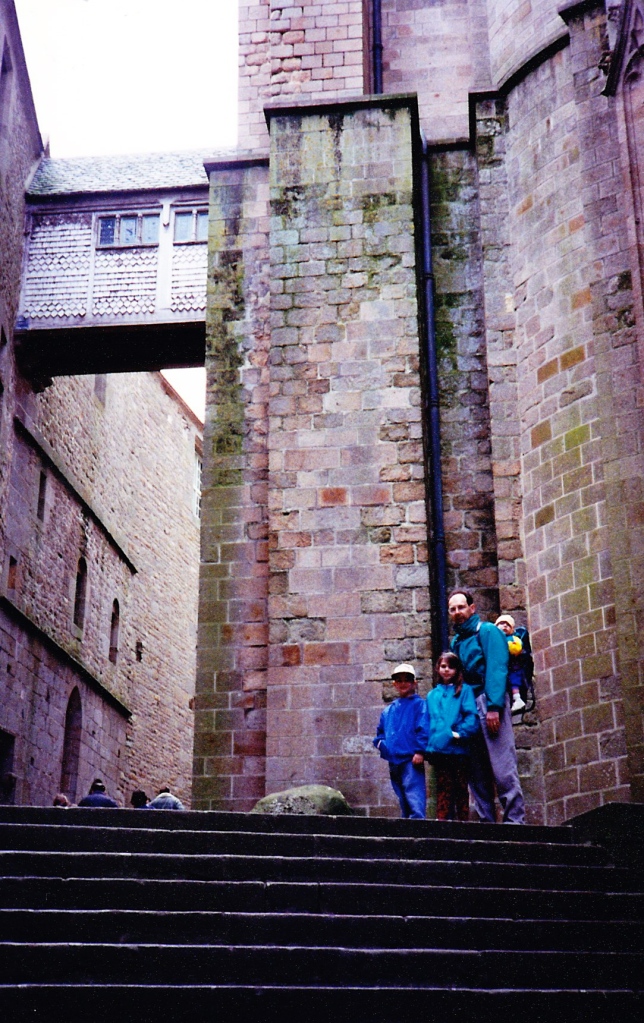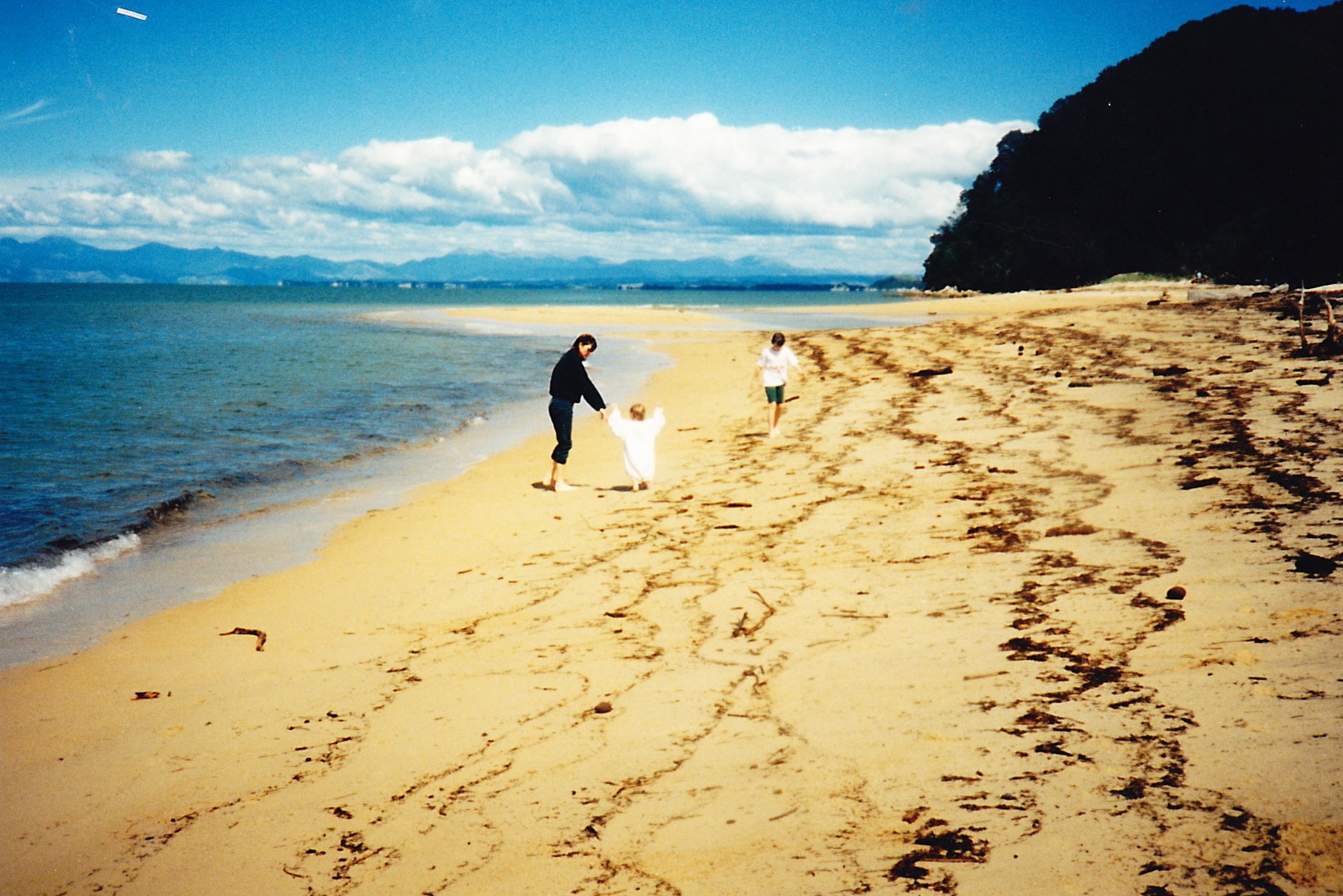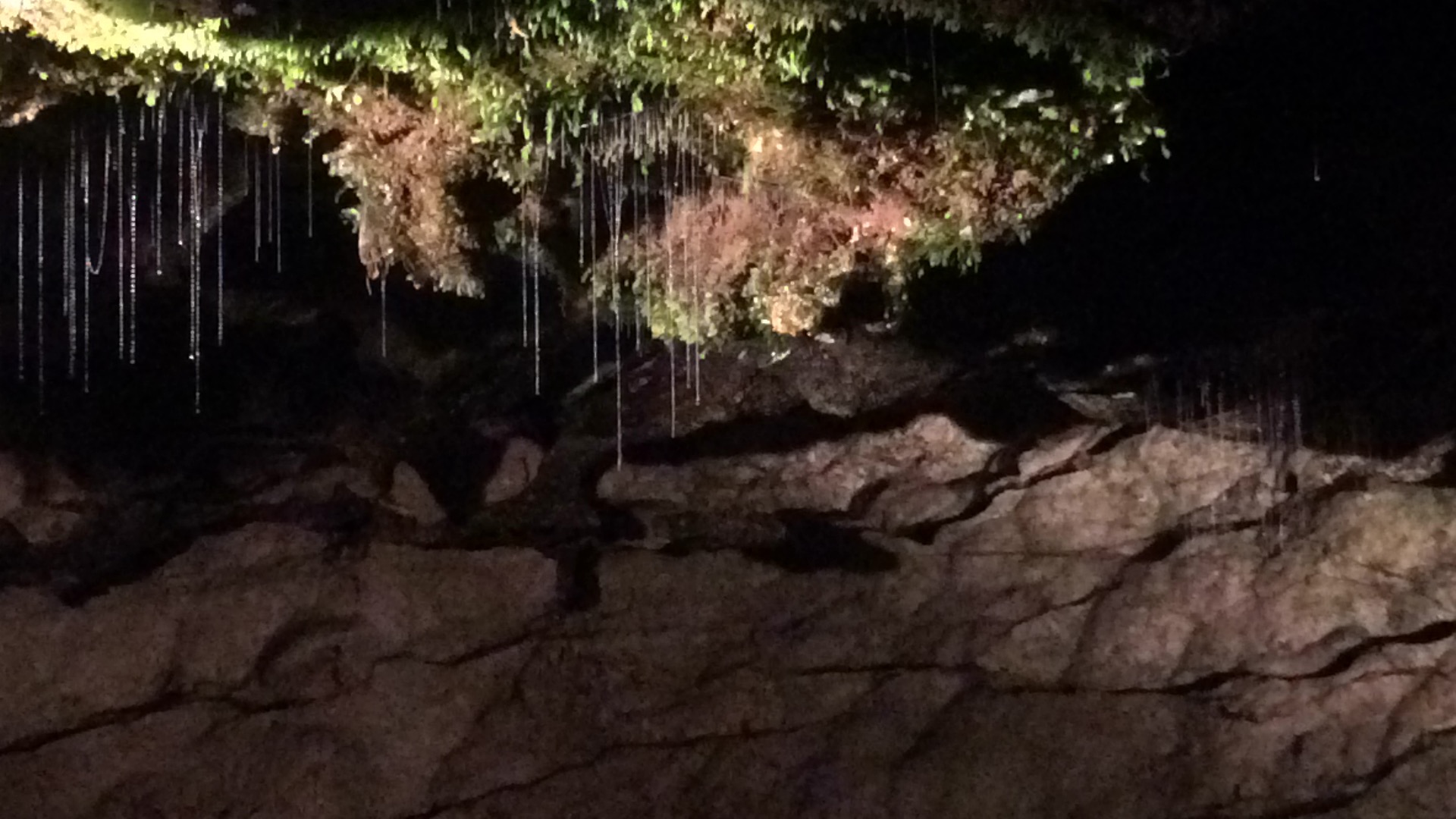Since I am a footloose and fancy-free traveler, it might surprise you to know that I have a few cardinal rules of travel that I live by, always. These are not confining rules—they are freeing rules—they help me to be a more nimble traveler and to avoid some of the pitfalls and disasters of travel, so that I will enjoy my trip more and worry less.
As we are coming out of the coronavirus pandemic–hope, hope, hope–I am starting to look forward to the trips that we cancelled this past year, and review my travel plans and strategies. I started this post some time ago–like a long time ago–and much has changed since then with all the covid restrictions and limits. I don’t know how much travel will change for the future, but I expect it will.
All I can say now is that my rules to travel by will likely help me–and maybe you too–to be a more prepared traveler going forward.
RULE # 1
ALWAYS keep your passport on your person, or at the very least, in the same room with you. Nothing will mess up an international trip like having your most important travel document disappear, and having to spend hours at the embassy or consulate getting a replacement. US passports and green cards are worth more than their weight in gold in some parts of the world.
This rule may sound silly or overly cautious, until you hear a horror story about someone stuck for weeks in China or someplace more remote, unable to leave, or travel about the country, until replacement documents are available. This actually happened to a friend of ours—his three week business trip was shot since he could not move around the country and his trip home delayed by about a week.
There is a corollary to this rule–double check the expiration date on your passport well ahead of time. Some countries require that you have at least 6 months remaining on your current passport after your intended return, before you can enter. If you need a new passport, the time to find out is NOT when you are denied boarding of your flight to your special vacation, as happened to another friend.
A second covid-related corollary–double check the covid-related entry requirements for anywhere you plan to travel. Our son who lives in Europe was recently denied boarding on his flight because the Netherlands required a negative covid test within 72 hours prior to arrival just to transit through the airport to his final destination–which did not require the test. As the vaccine becomes more available, a record that you have had it may become a requirement to travel.
HUBBY’S CARDINAL RULE # 1
ALWAYS BE EARLY!! You never know when the check in or security lines will be long or what problems are going to crop up. It is better to be safe than sorry, even if you are twiddling your thumbs for a while. Go have a cup of coffee, or some sushi and a glass of wine. While you are relaxed and calm, some other poor fool is frantically trying to put his shoes and belt on at the same time while juggling two carry-ons and his jacket and running through the concourse to make his flight.
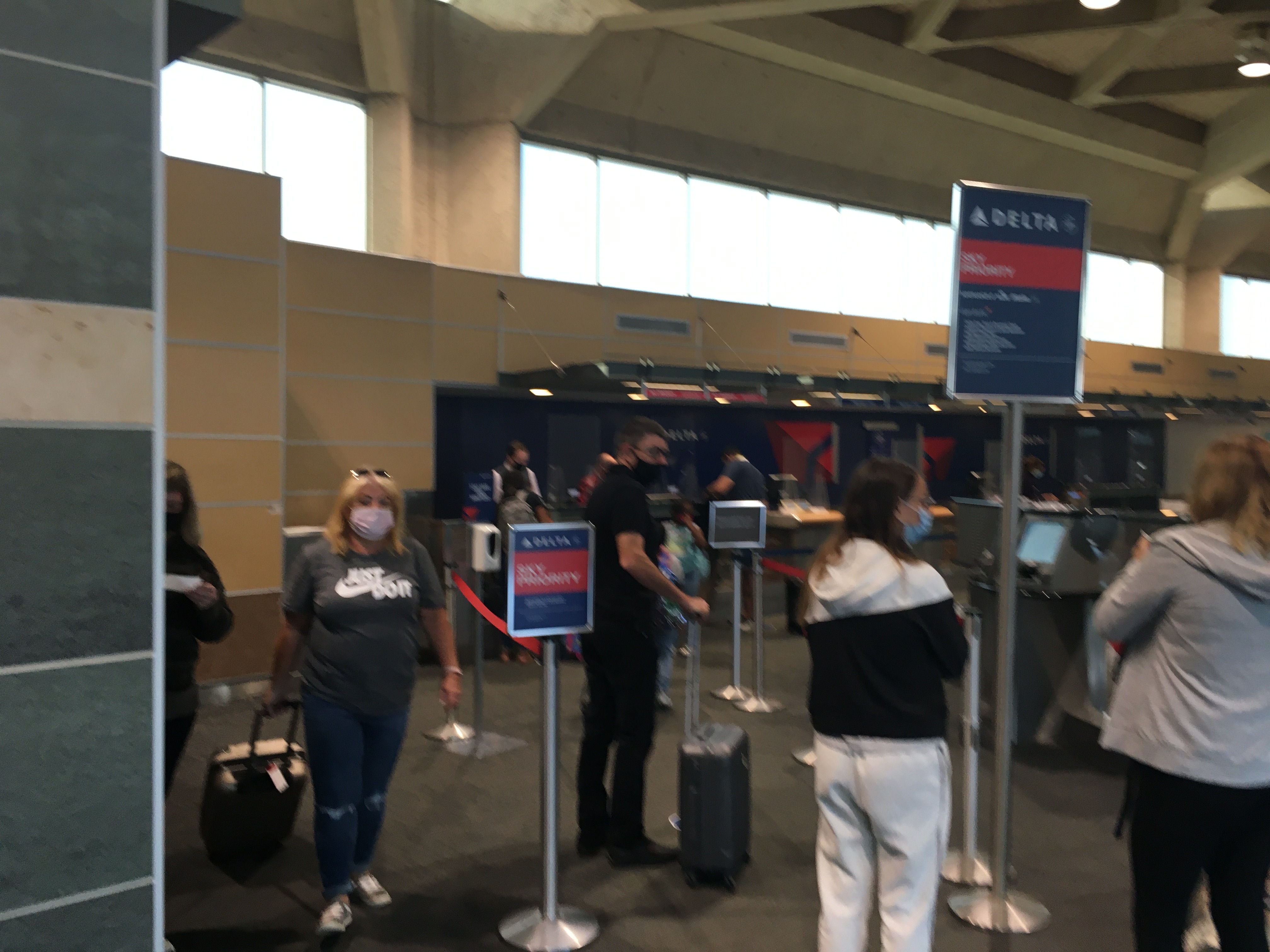
~coronavirus has kept security and check in lines short for the time being. hopefully this is not a permanent state of affairs, much as I like short lines.~
RULE # 2
NEVER have more luggage than you can manage by yourself. This goes double if you are traveling with someone who cannot manage his or her own luggage, since you will be responsible for that, too. This rule was almost Cardinal Rule #1, but I decided that keeping track of a passport was more critical.
I have traveled both with my elderly mother and alone with small children, in situations where I had to carry everything myself, sometimes including a child. This rule is born of those experiences.
I once watched a young mother in the airport in Frankfurt, Germany, trying to juggle a baby in a carseat, a diaper bag, her purse, a carry-on bag, a toddler, the toddler’s backpack, and a sack lunch from McDonalds. She was carrying her tickets and passports in her mouth. Our gate did not have a jetway—we had to walk down the stairs, onto a bus (no seats), ride across the tarmac and climb up the stairs to the plane. The next time I saw this poor lady, 2 airline employees with a luggage cart and a wheelchair were helping her deplane and get through passport control.
Moral of that story—consolidate and minimize your small separate items, preferably into a backpack, so your hands are free for other things, like your kids or your mom.
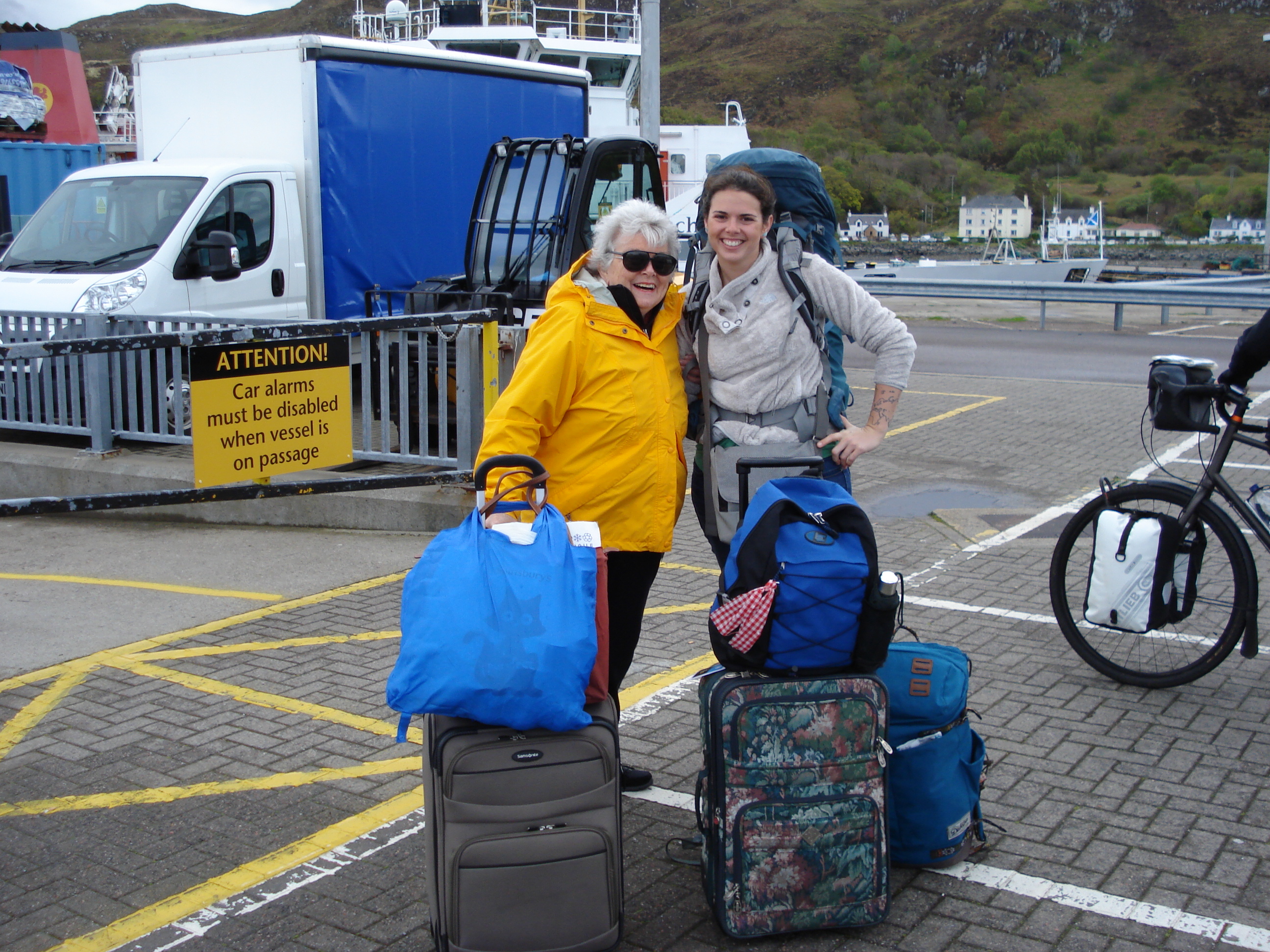
~this was all our luggage for 3 people for a 10 day trip; here we were getting on a ferry~
Corollary to Rule # 2
You probably don’t need as much stuff as you think you do. If you have ever unpacked after a trip and found clothes you did not wear, you know what I mean. I always plan to do laundry along the way, if my trip is over a week long, and pack clothes that don’t show dirt too much, to minimize doing laundry. I can pack for a two week trip in one carryon-sized suitcase and my backpack, and that includes a dress for dinner. PS. Pack a couple detergent pods.
Second Corollary to Rule #2
Kids can carry their own backpack, with their own private stuff. Even a 3 or 4 year old can manage this most of the time provided the pack is light. (I pack just their favorite blanket or stuffed animal for them. That way they are assured that bubbie or Yonny will be with them always.) This frees you up to hold hands or other things.
RULE # 3
ALWAYS pack a change of underwear and something to sleep in into your carry-on bag, as well as medicines and essential toiletries. In addition, I always pack all my valuables (if I am taking any), electronics and chargers in my carry-on, along with some small snacks.
You never know when your checked luggage will have the temerity to take an unplanned trip without you, and then take a day or two to catch back up to you. The airlines will pay for some replacement items, after the fact, but you will be the one scrambling to find a store open on a Sunday afternoon in some remote place to buy the things you need, at a time when all you want to do is find your B&B and take a nap. And yes, this did happen to us once, on the trip when we were 5 hours late landing in Ireland and had a 3 hour drive to our B&B, and Mom’s suitcase visited London without her.
RULE # 4
HAVE A PHONE that works in the country you are going to. Ten years ago, I would have suggested getting an inexpensive phone at your destination and some number of minutes along with it. That worked very well then. Now, US cell phone companies will expand your plan to include international calling. Ours—ATT—will do it on a month to month basis, so we only pay for the time we need it. Daily plans are also available, so you only pay for the days you actually make calls. Having this convenience has been so invaluable to us as we travel now that I can’t imagine not having it. This includes both the ability to place calls within the country we are visiting, as well as the ability to communicate with family back home in an emergency. It is not super cheap, but neither is the trip. I would rather spend the few extra dollars and have the peace of mind.
I would say this goes double if you have family members or friends already in poor health when you travel. It is a huge relief to be able to FaceTime with a loved one to assure them and yourself that you are available to them anytime they need you.
RULE # 5
BE FLEXIBLE. You can’t change things like the weather, but you can be prepared to cope with it or have an alternative itinerary for the day. The way I look at this, I am only taking this trip once, and I intend to enjoy it, even if the weather or some other uncontrollable factor is uncooperative. We may have to alter our plans and do something different, or simply charge ahead even in less than ideal circumstances.
This rule influences my packing—layers, rain parka, light scarf or pashmina, a hat and gloves, sunhat and sunscreen—depending of course on where I am going and the season. Since I tend to travel in the spring and fall, I find I need to plan for lots of weather possibilities no matter where I am going.
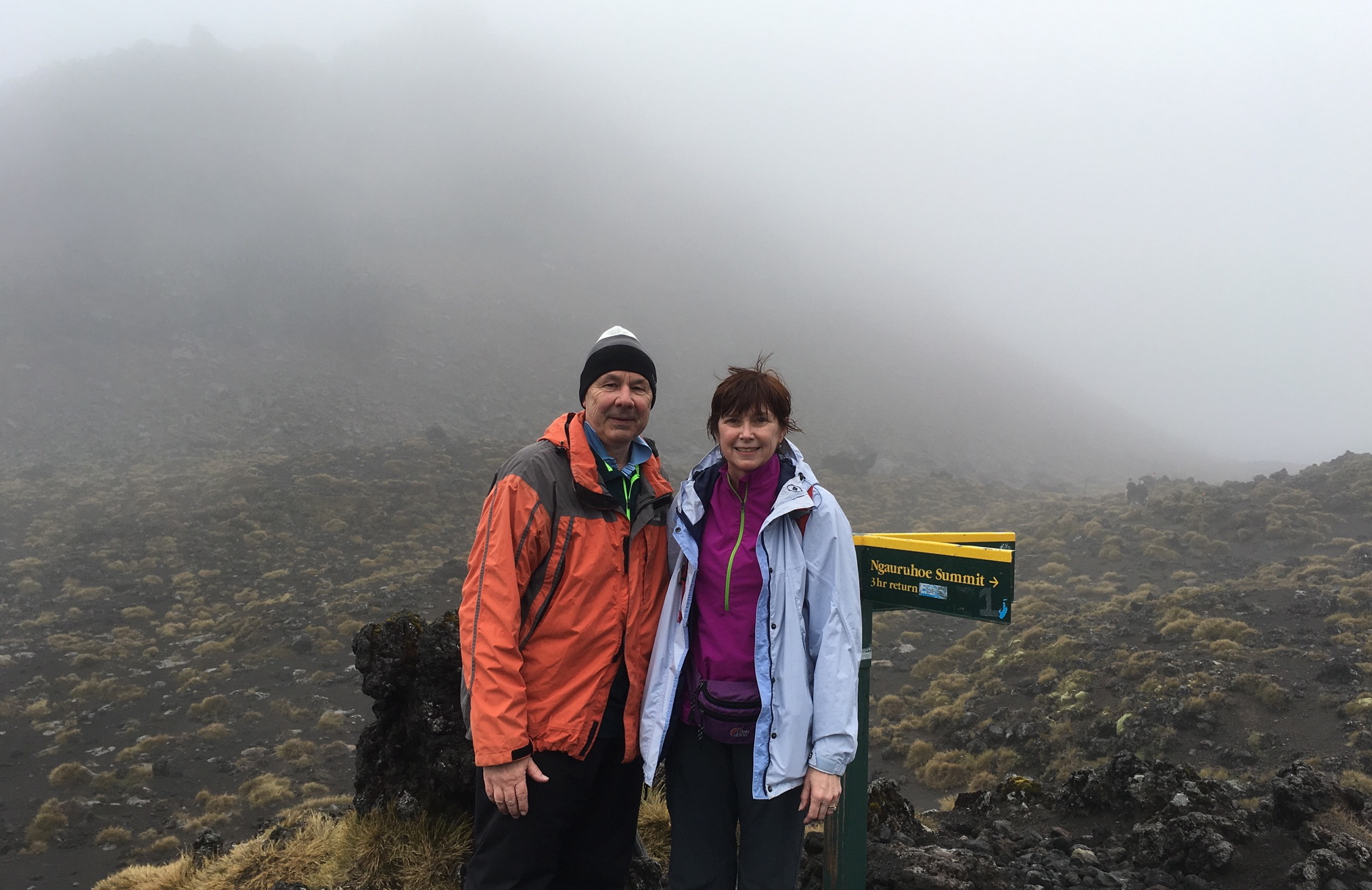
~we had only one day to make this hike, so we did not have time to wait for better weather. we experienced fog, sleet, drizzle, and a break of sun, all in 6 hours while crossing an active volcano.~
GOOD IDEAS
These suggestions are not cardinal rules, but over the years, and on many trips, I have found them to be good ideas to incorporate into my planning. Observing them helps the trip go more smoothly and smoother trips are a lot more fun and memorable while leaving space for the fortuitous unplanned experience.
GOOD IDEA # 1
BOOK your first night and last night early, and fill in the details later. That way, when you get to your destination, tired and jet-lagged, you have a place to go. Even if you can’t officially check in, you can leave your bags at the desk, and relax in a lobby area. You also have a place for that last night before returning home that is convenient to the airport.
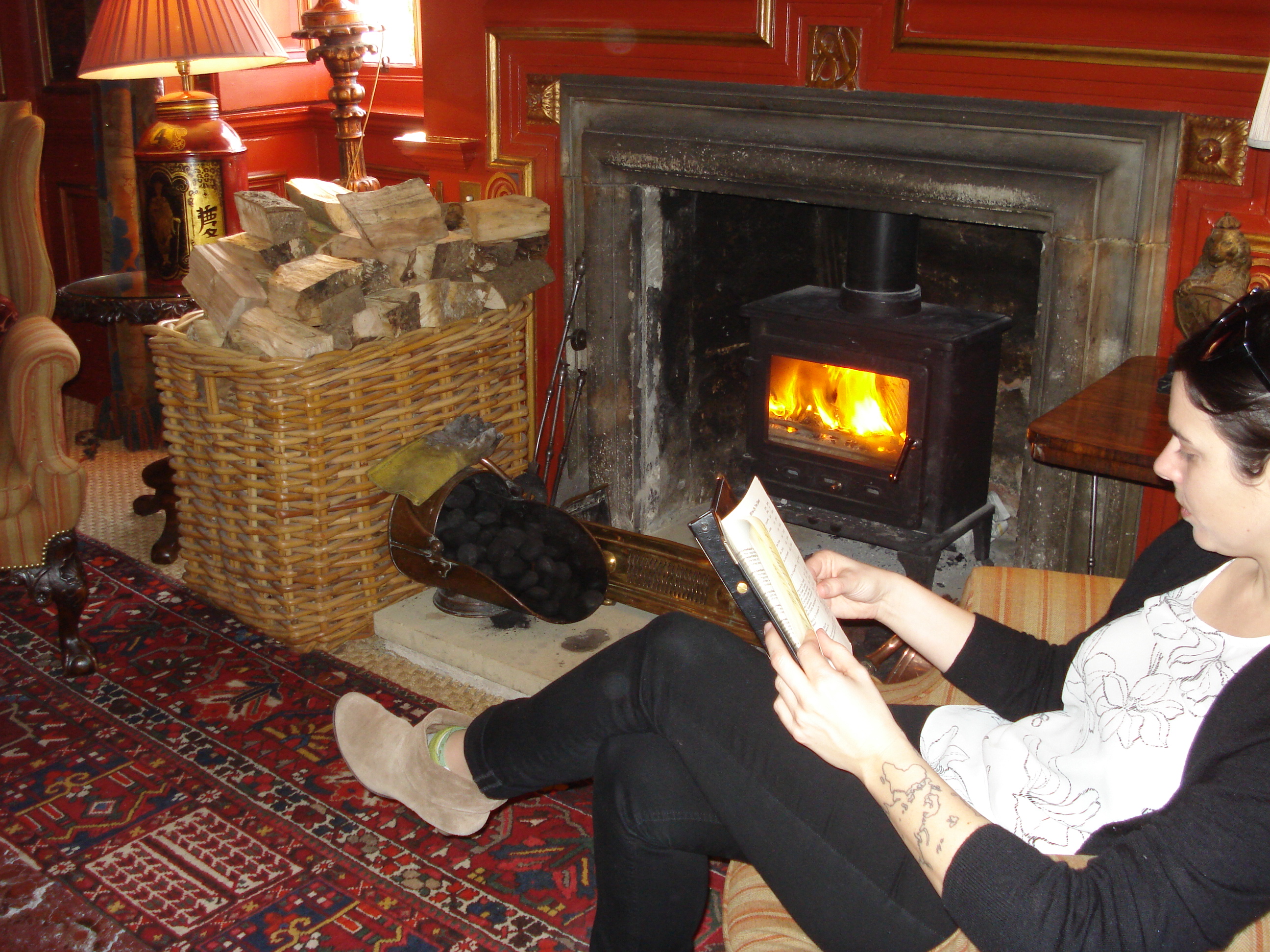
~waiting for our room was never better than this–a hot fire on a cold January morning in Scotland~
If you are going to have a car, book that early, too. You will have a better shot at getting the car you need at the best price.
GOOD IDEA # 2
I also check to see if there are local holidays or special events when I am traveling—those days can be hard to get accommodations, especially if I have waited until close to my travel date. In addition, grocery stores will be busier the day before a holiday, and may be closed on the holiday. If you know ahead of time, you can plan accordingly, even if you are still shopping that day.
This is true not just for accommodations and grocery stores, but trains and ferries as well. Everything books up quickly if there is a holiday involved.
This idea is one that came to us the hard way, when the stores all closed at on Easter Monday, and we had three hungry children. I think we ate crackers in the car for lunch that day, in the rain.
GOOD IDEA # 3
IDENTIFY THE MUST-DOS early and build your itinerary around them. These are the places, activities, and events without which your trip will be not just incomplete, but significantly unfulfilling.
This good idea is an extension of good ideas # 1 and 2. If you are headed for a specific event or you simply must see a specific place, pencil it in and make your reservations so you won’t be disappointed. Never assume you are the only people who want to see that particular place or event!! Some places will offer an early entrance for a small additional fee—well worth it for a really special exhibit that gets very crowded very quickly.

~for a few extra dollars we got early admission to this museum exhibit–this was the line to get in as we were leaving. we had a leisurely hour or more before the crowd hit~
GOOD IDEA # 4
RESERVE ALL YOUR ACCOMMODATIONS ahead of time, and is a logical extension of Good Idea #2. It took me a very long time to accept this idea. We used to make our reservations a day or two ahead, so we could be flexible and change our plans on the fly. Then one time, we got caught short, and wondered if we would be spending a rainy night in the car with three children and no dinner. We did eventually find a place—way too expensive and far from where we wanted to be, but out of the car and out of the rain.
Now, I reserve everything ahead of time, with liberal cancellation policies. That way we can be flexible, but we have a fall-back position. It beats sleeping in the car or worse.
If this idea sounds too confining and scripted for you, be prepared with lists of potential accommodations and phone numbers so you are not scrambling to find something, anything, at past the last minute. Don’t be like the old me!!
GOOD IDEA # 5—OR MAYBE NOT
I would never presume to tell anyone else what to pack and what to wear when they travel, since that is a very personal matter of comfort and convenience. I will tell you how I arrange my packing and how I decide what to wear when I travel, for your consideration.
I wear my bulkier clothing and shoes, so I do not have to carry them in my luggage. I also have found that I prefer to hike through airports in sturdy comfortable shoes (which tend to be bulkier) even if they are not high fashion. Fashion ends at the knees!! The cute flats, heels or sandals go in the suitcase. I also wear a sweater or fleece when I travel—airports and planes tend to be cold—and I don’t have to pack them or carry them (but I do pack a thin pashmina scarf in my backpack—doubles as a light blanket on the plane). Yes, I know I have to take both the shoes and outerwear off to go through security, and yes, I know that is inconvenient. But everything about US airport security is inconvenient and invasive, and this is what I like to wear. As I said up above, it is a very personal matter—and it works for me.
I would add, for the nay-sayers, that Hubby does not agree with my packing strategies. He wears what he is comfortable in, and packs the rest, no matter how much more he might have to carry. At least he carries his own stuff.
It is worth mentioning that applying for and getting a “trusted traveler” status is worthwhile if you go through US airports a lot. “Global Entry” gives you TSA pre-check most of the time, and also expedited entry at passport control coming back into the US. With TSA pre-check, you don’t have to take shoes and most outerwear off, or take your liquids and computers out of your bags.
Corollary to Good Idea #5
Pack some extra small zipper-close plastic bags, and few larger ones. These roll up into next to nothing, can be tucked into a corner of a suitcase, and are so handy to corral small items, wet clothes or bathing suits, or protect your camera, phone, passport or other valuables that would suffer greatly from getting wet. A large zipper bag can double as a backpack liner on a rainy day.
GOOD IDEA # 6
Shop local—for food, that is. (Everything else, too, but that is a different matter.) We tend to buy food in grocery stores for at least some of our meals. It is a habit grown out of camping and also traveling with small children, and is much cheaper and flexible than eating in restaurants or pubs all the time. B&Bs and small hotels are happy to provide tableware if you are bringing in your meal—some of the best meals we have enjoyed have been carried in and eaten looking out over the sunset and the water at our hotel or B&B.
We have found that shopping for food in another country, or sometimes even another part of the US, can be an adventure all unto itself. Not all of us are lucky enough to experience living in another country, but shopping and eating like a local can be the next best thing to that experience.
We once took our children—8, 6, and 15 months—into a huge—no, absolutely ginormous—supermarket in Chartres, France. This store was so big and had such a huge selection of everything, it made the average US big-box store look understocked. The fresh meat counter was easily fifty feet long, filled with every possible type of meat available, all of it ready to be cut to order for the customers. Butchers every five feet or so provided this service. The fresh fish counter was equally big and well-provisioned, with every imaginable sort of fish and seafood, ready to be cut and packaged to order for each customer. The cheese counter was twice as big—after all, this was in France and the French take their cheese seriously! Here, cheese ladies stood ready to cut whatever the customer wanted in just the right portion. If we weren’t sure, they offered samples freely. And the bakery section was just as sumptuous and fabulous—baskets overflowing with baguettes, croissants and every imaginable baked item in between, while behind the counter, bakers shaped loaves and pulled fresh bread from the huge ovens.
It has been over twenty years since we shopped in that store, and the memory is as clear and fresh as if it was just a few weeks ago. That is what makes a good travel memory!!
A FINAL CAUTIONARY GOOD IDEA
Please, please, be careful about how much you drink when you are out in a strange city, especially if you are 1) traveling alone, or 2) driving. The news these days is full of sad stories of people who were out enjoying the nightlife in an unfamiliar city and suffered a tragic end. Sometimes bad things happen to people who lose control over themselves and their situation—that fact does not make a criminal action the fault of the victim, but not being at fault does not make a victim less hurt or less dead.
This caution is not limited to women, who may be more vulnerable; men can just as easily be victimized or lose their way. In Amsterdam, we were told that it is not uncommon for someone to fall into a canal at night, be unable to get out since the sides are straight and high, and drown there.
When it comes to driving, please be aware that drunk driving laws in other countries may be much more stringent than in the US. Between the stringent laws, and the unfamiliar roads, impaired driving has a good chance of having a bad outcome.
I am sorry to end this essay on a such a down note, but this caution is something I feel strongly about and it is well worth mentioning even if you don’t drink or you are already very careful. Nothing will ruin your fun vacation faster than a serious injury, jail, or worse.
As I said above, these rules and good ideas are not confining—they are freeing, because they help us avoid some of the pitfalls of travel and to enjoy our trip more. We travel a lot, but our time is still limited and valuable, and we want to make the most of it.
Do you have any special tricks you use when you travel, to make things easier for you? Let me know!












